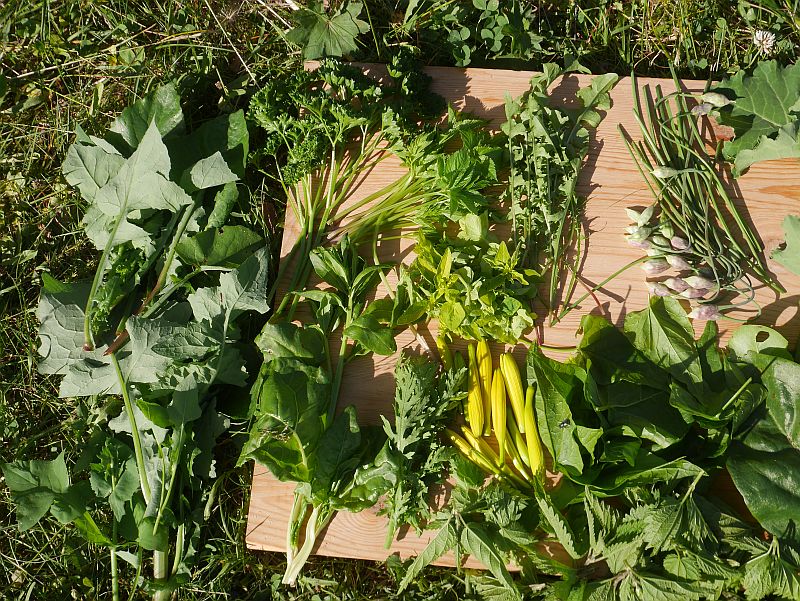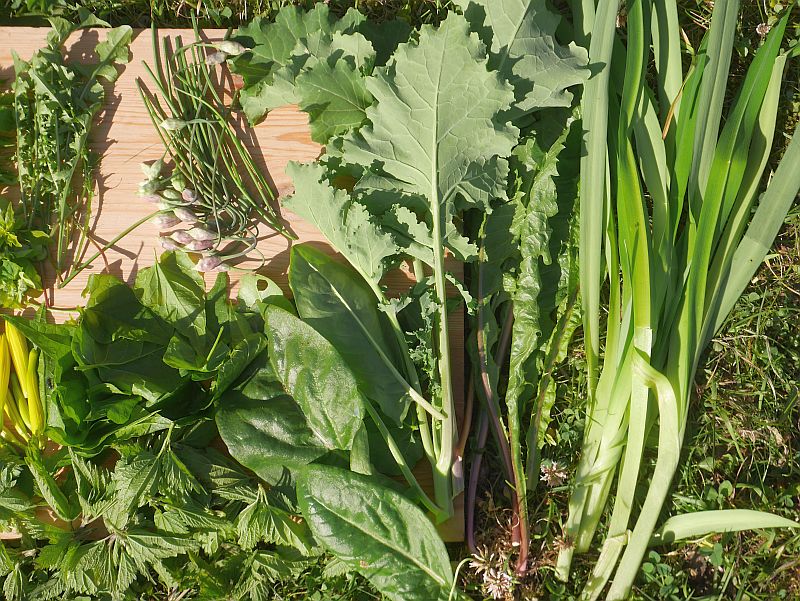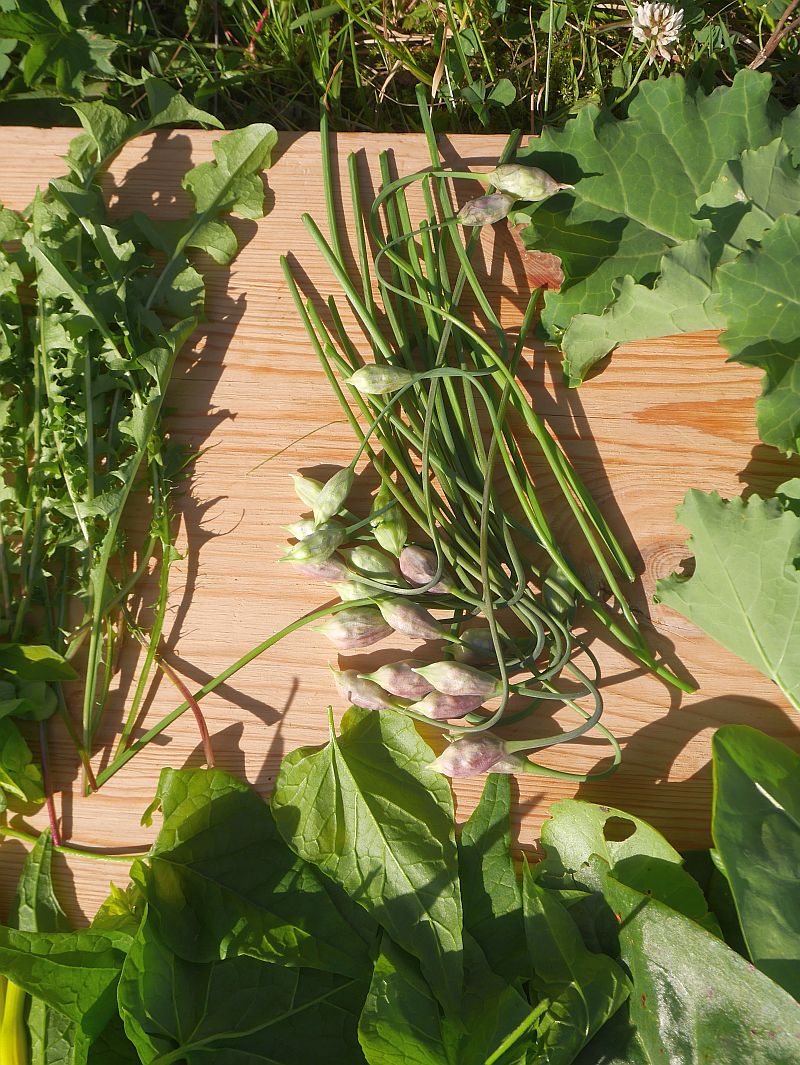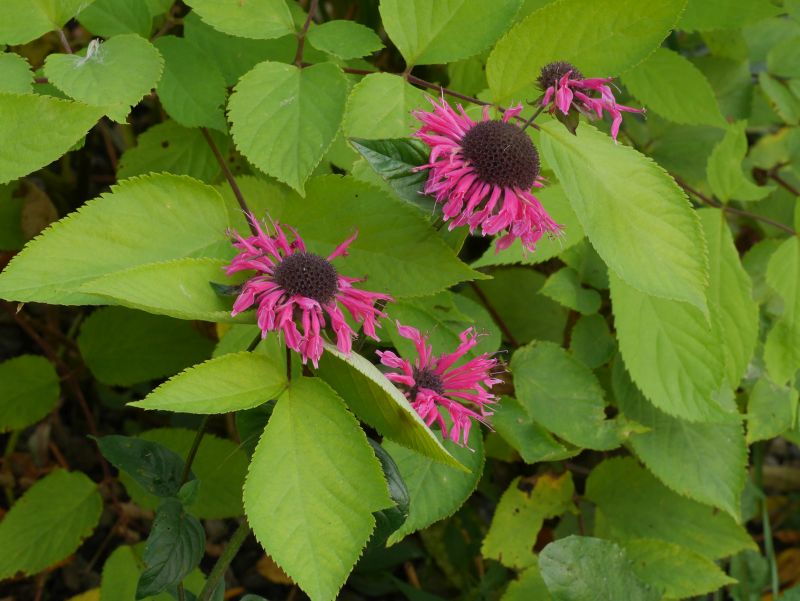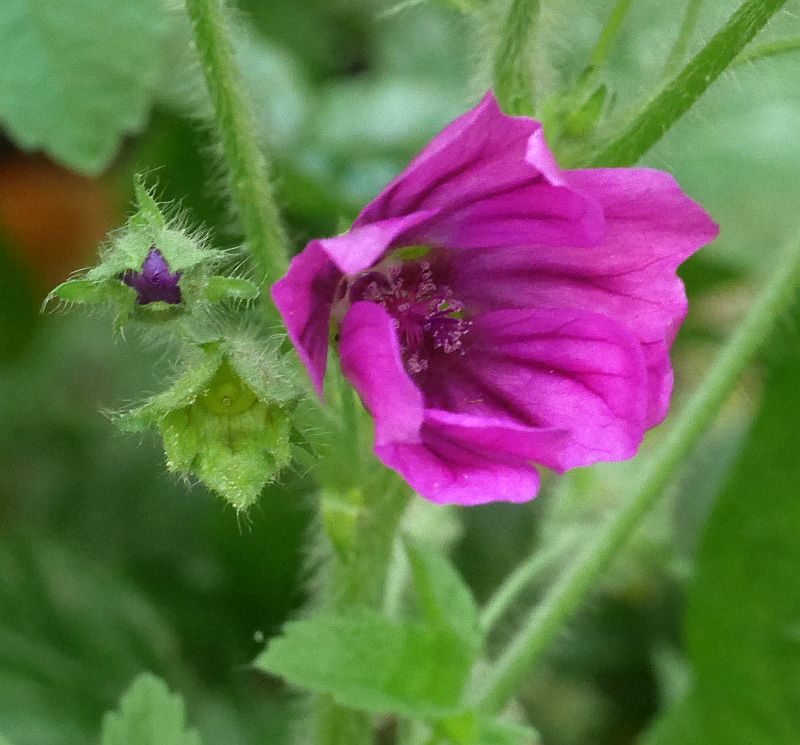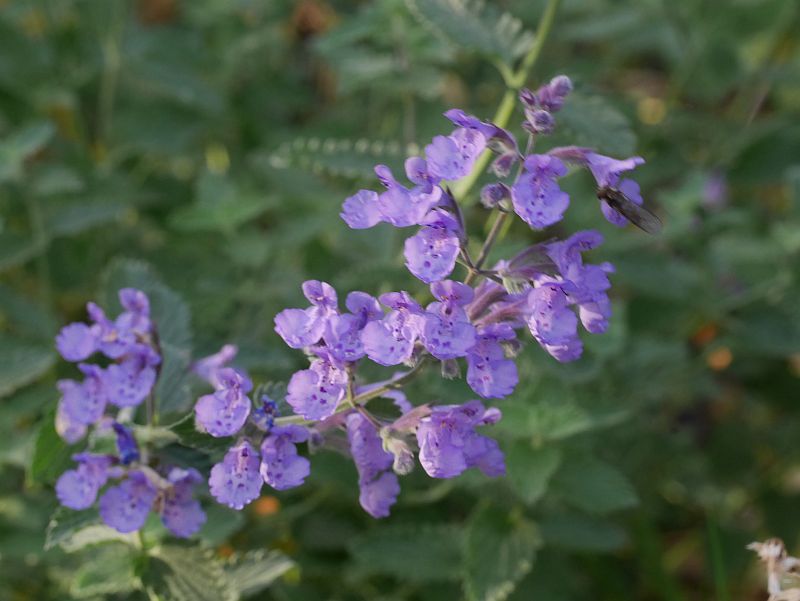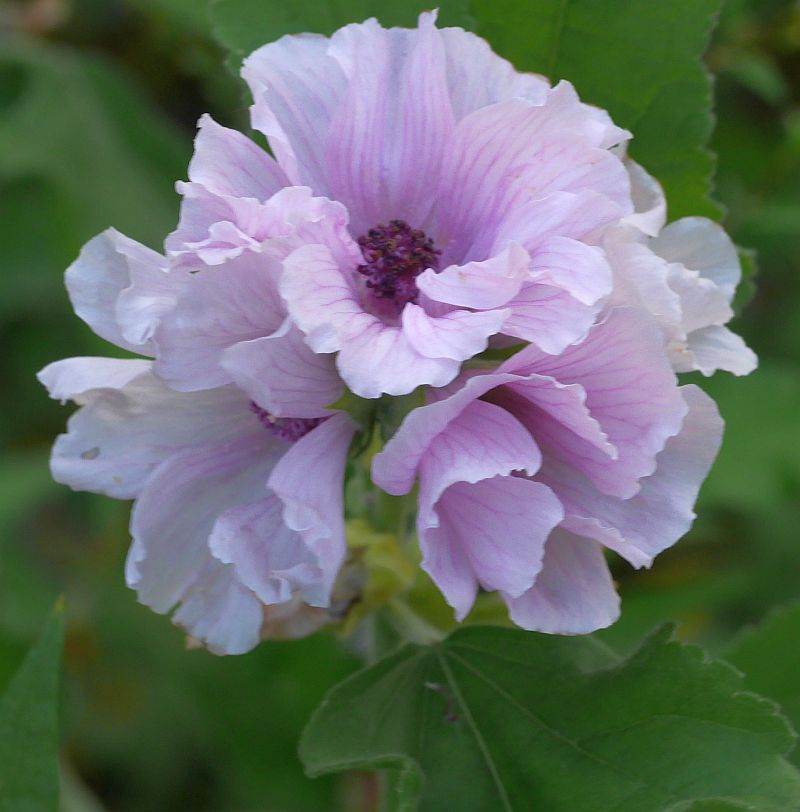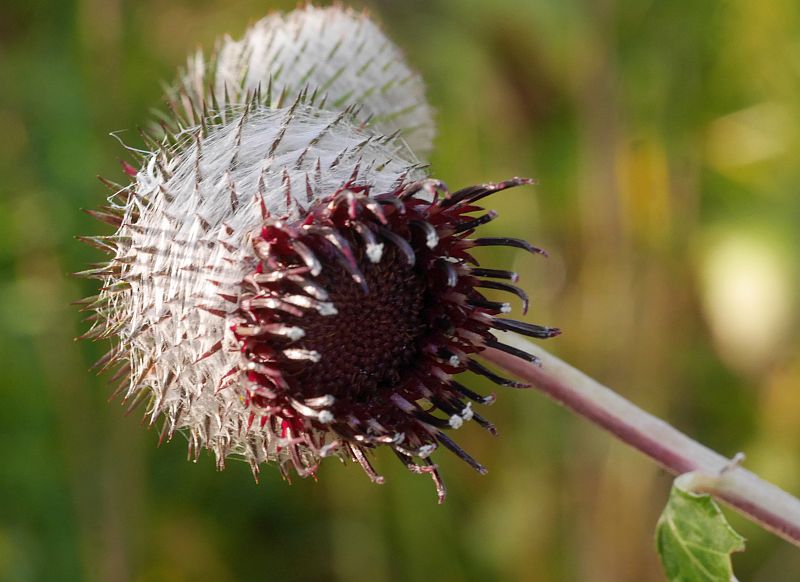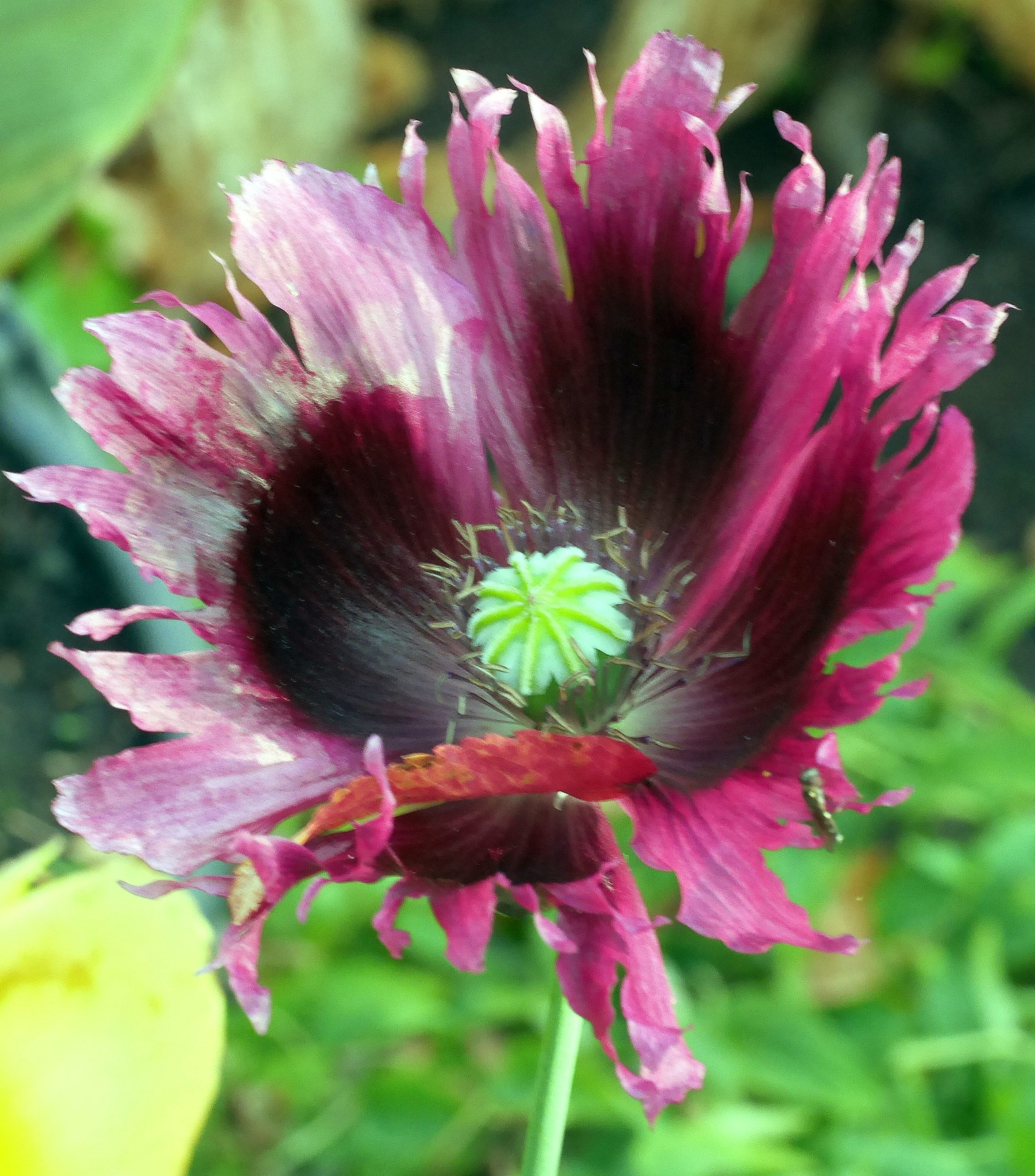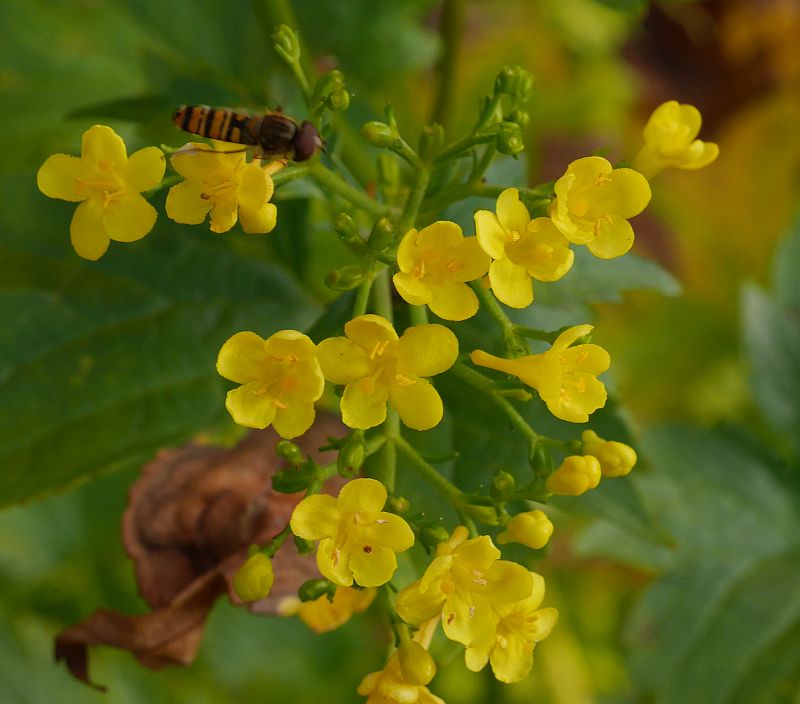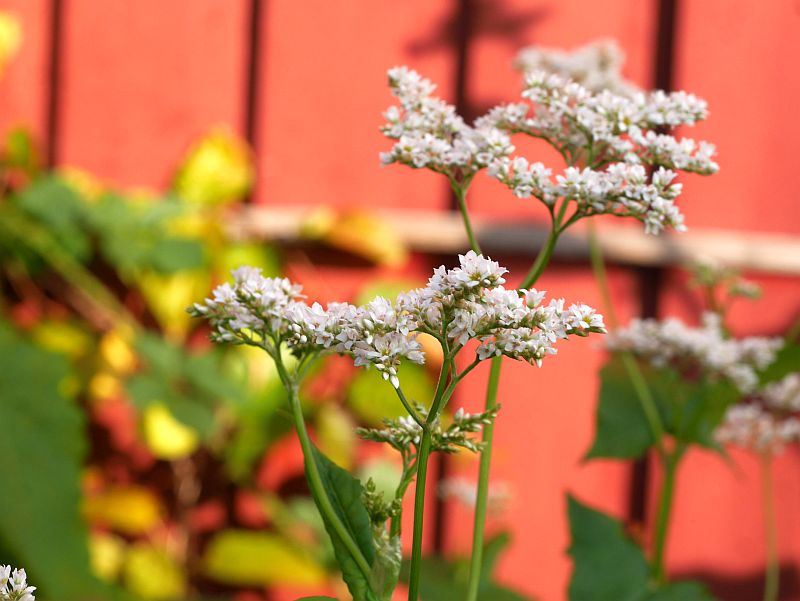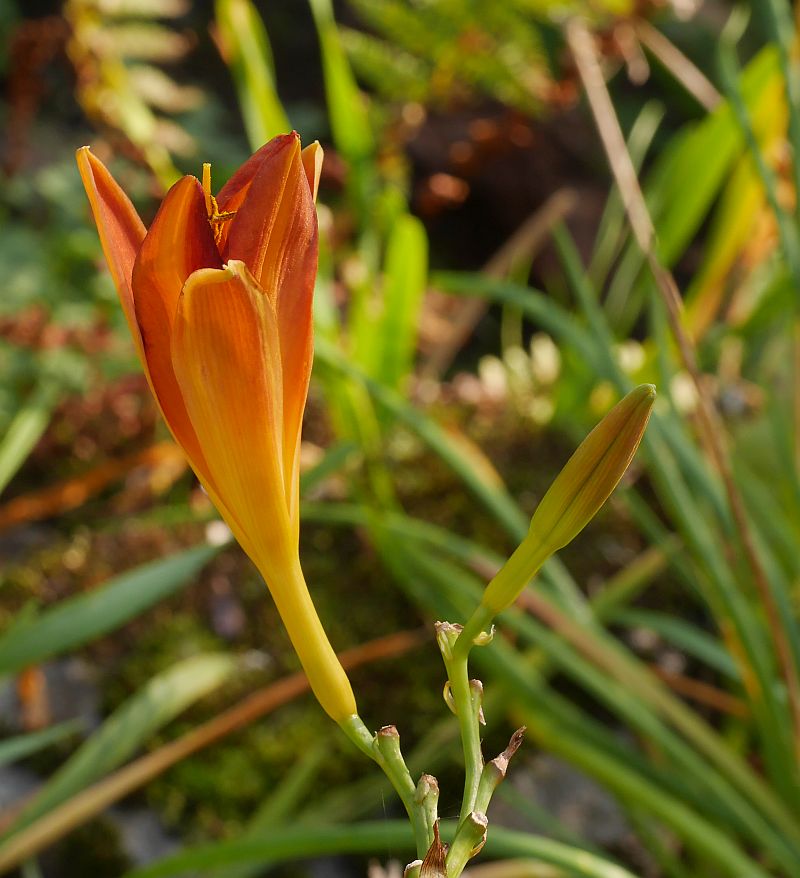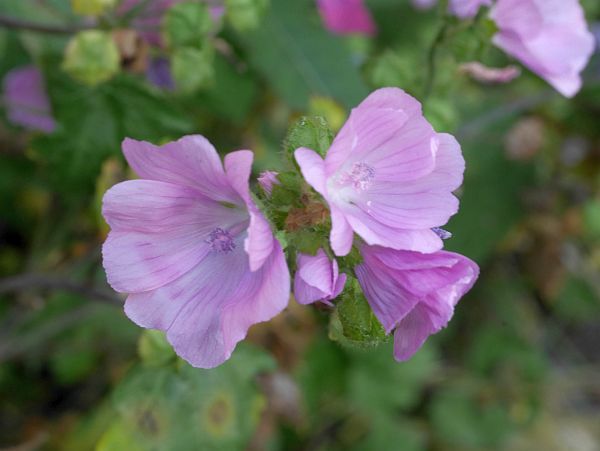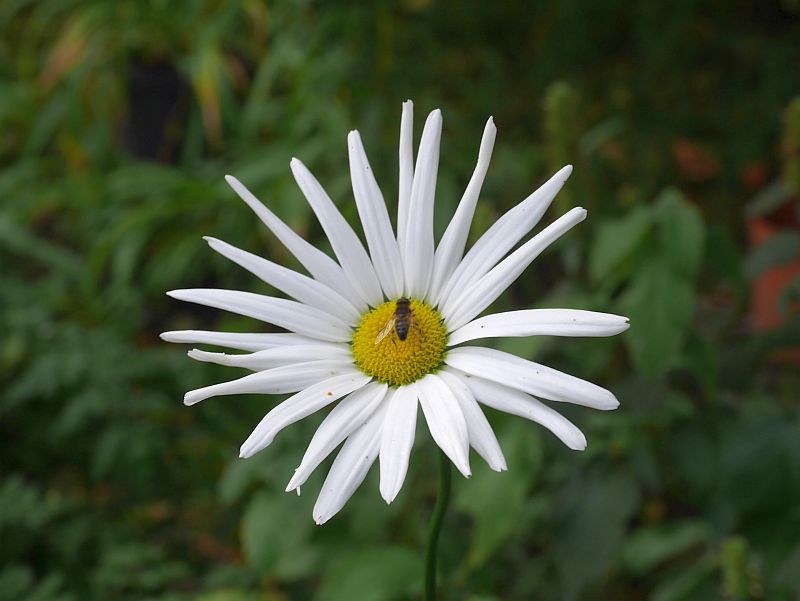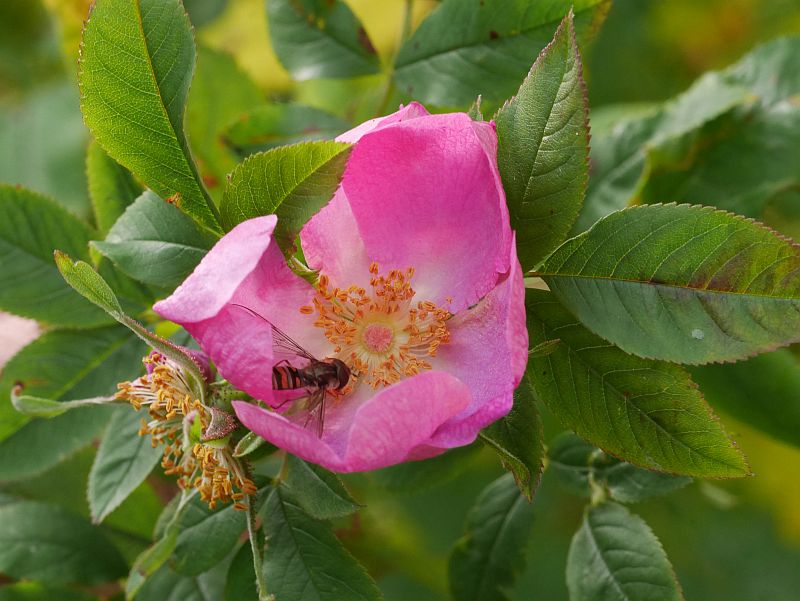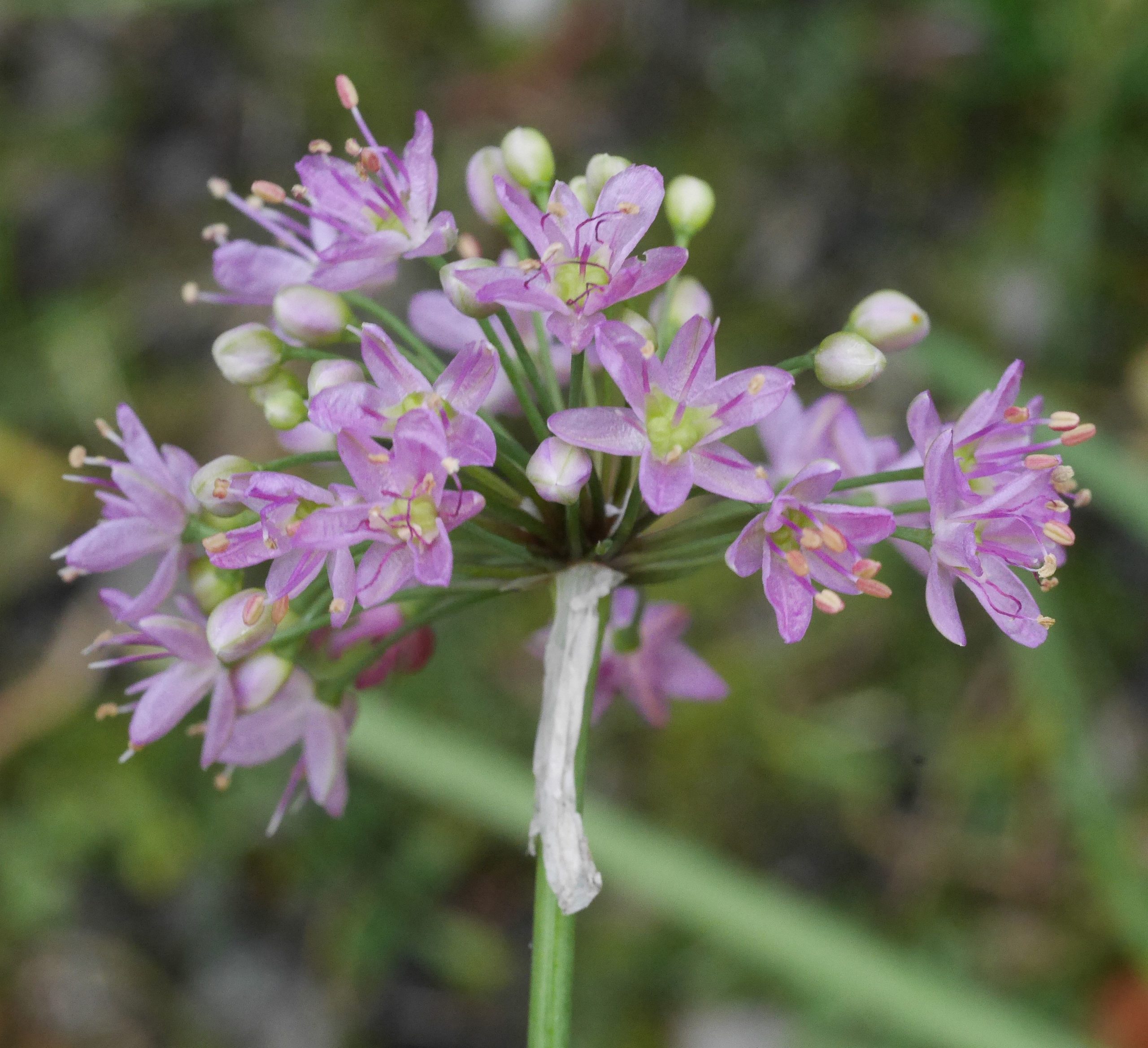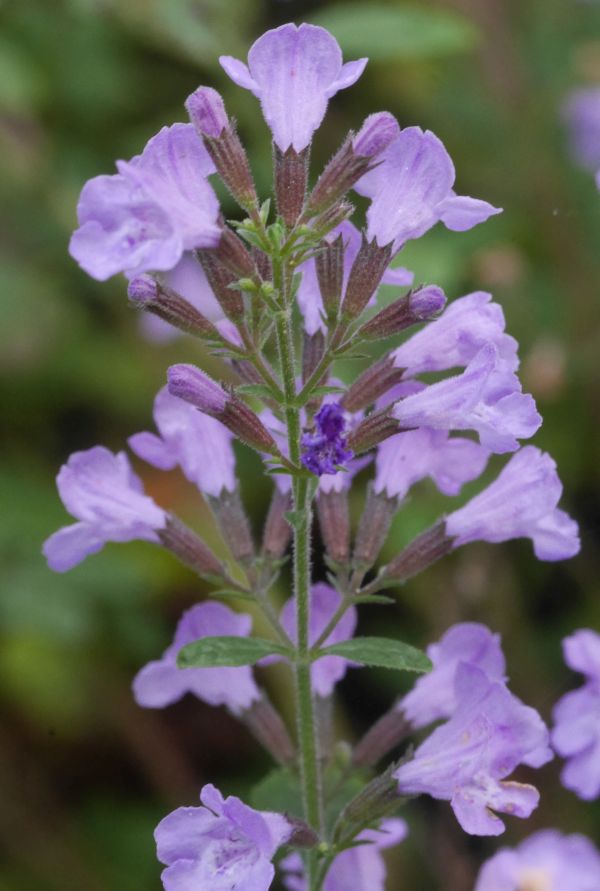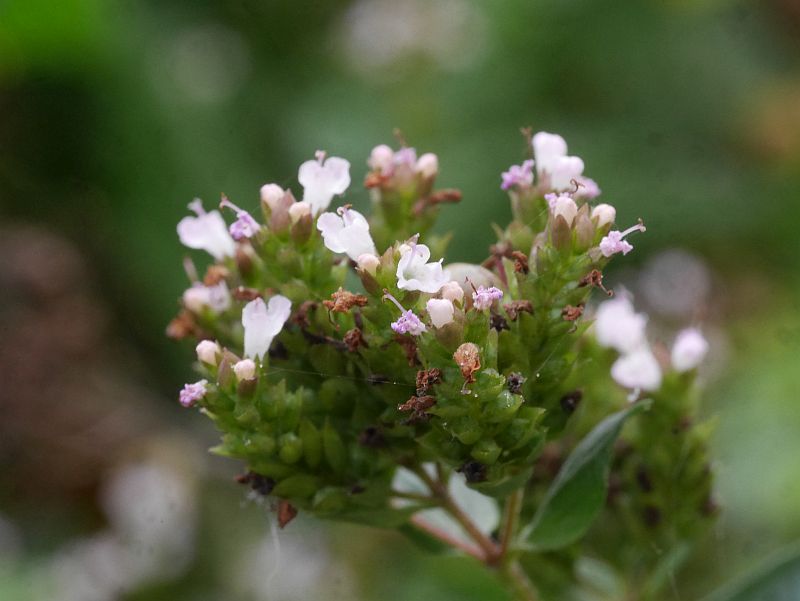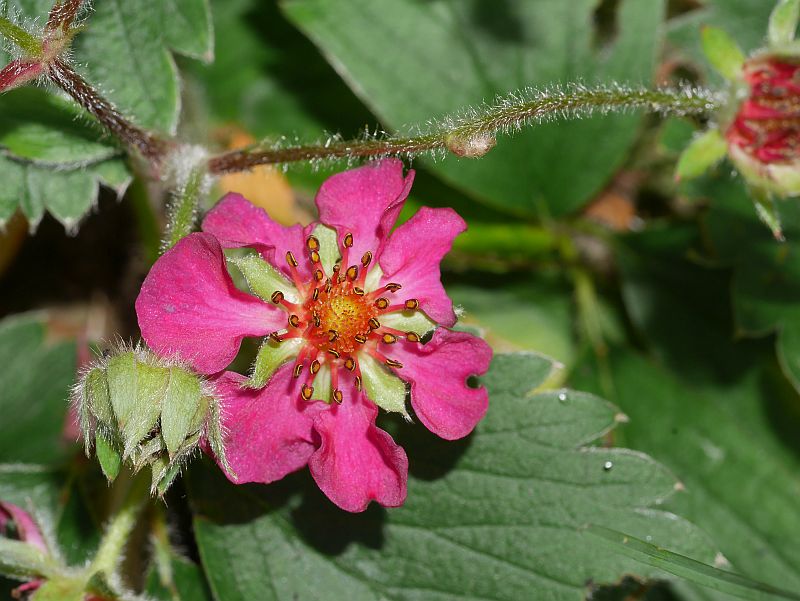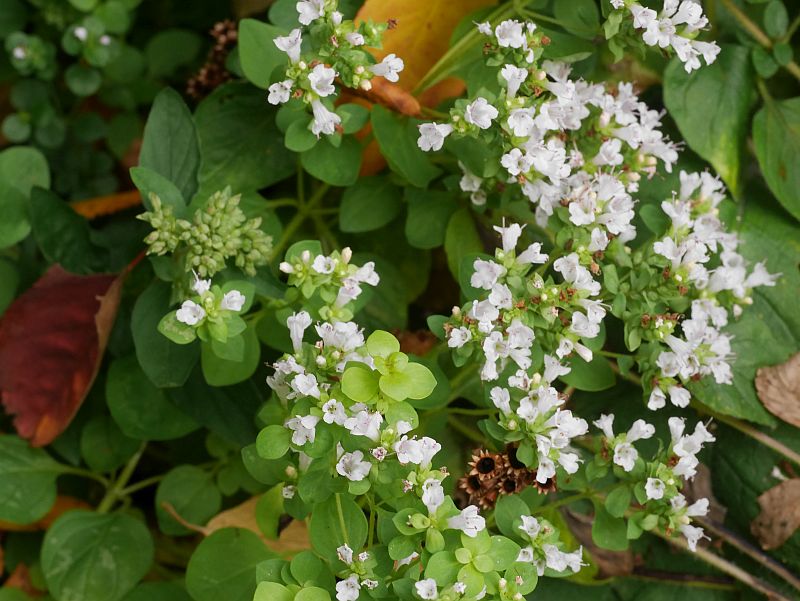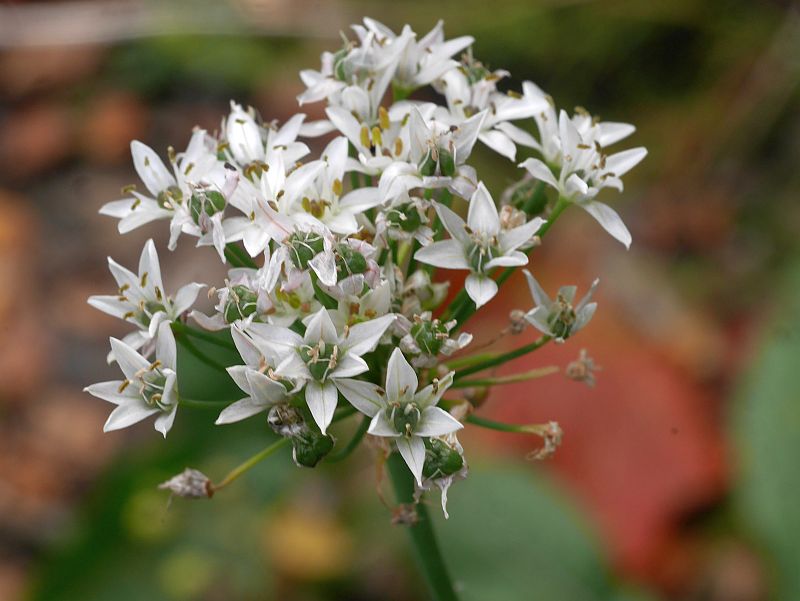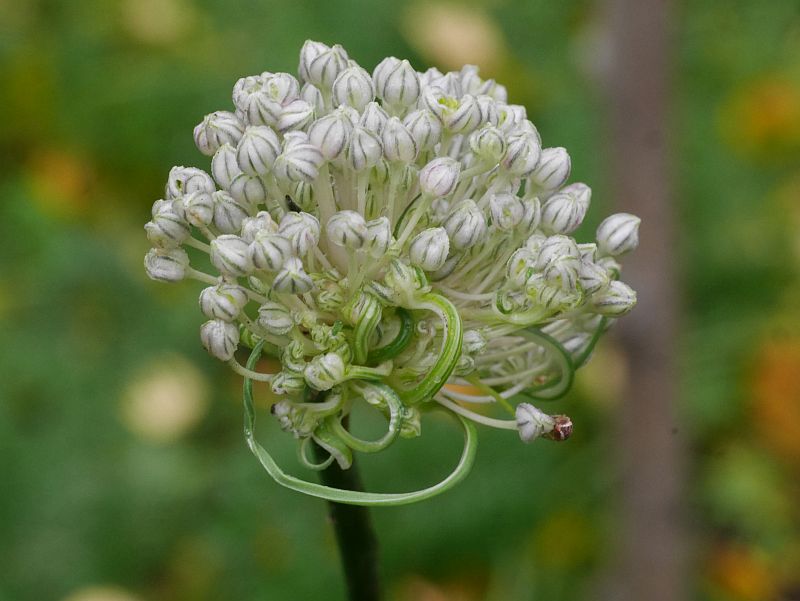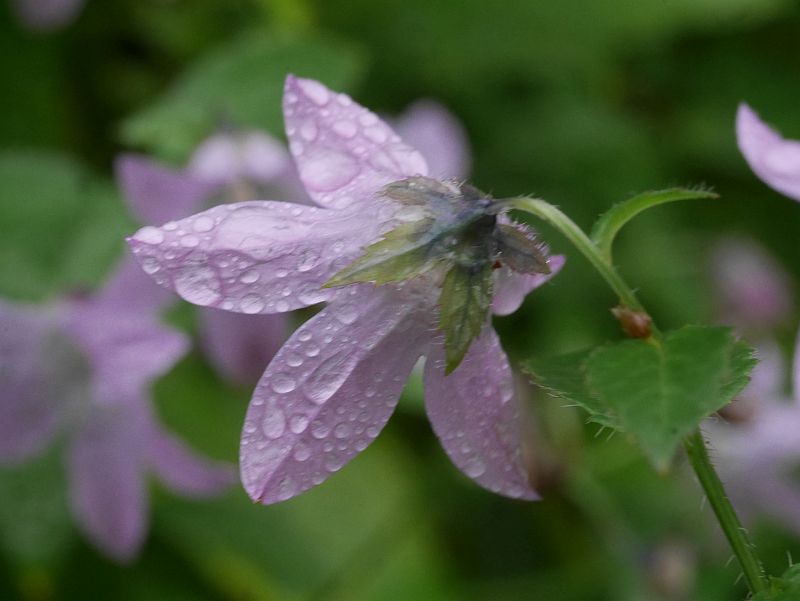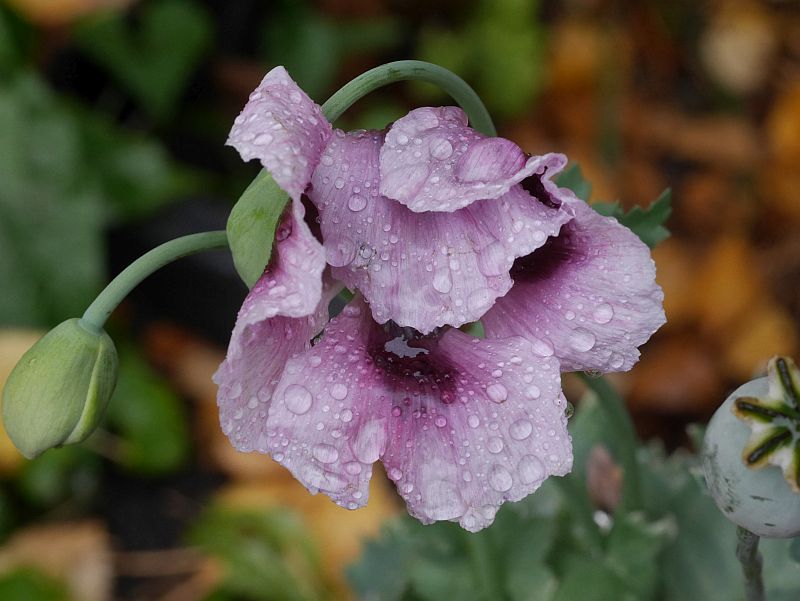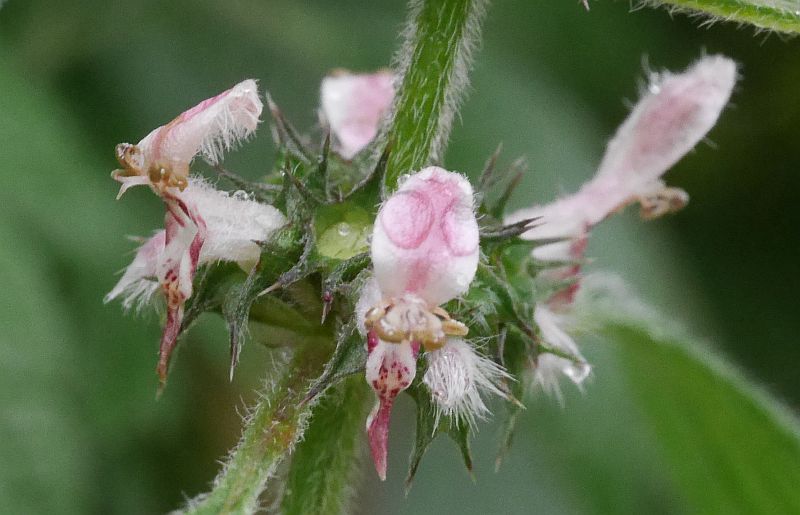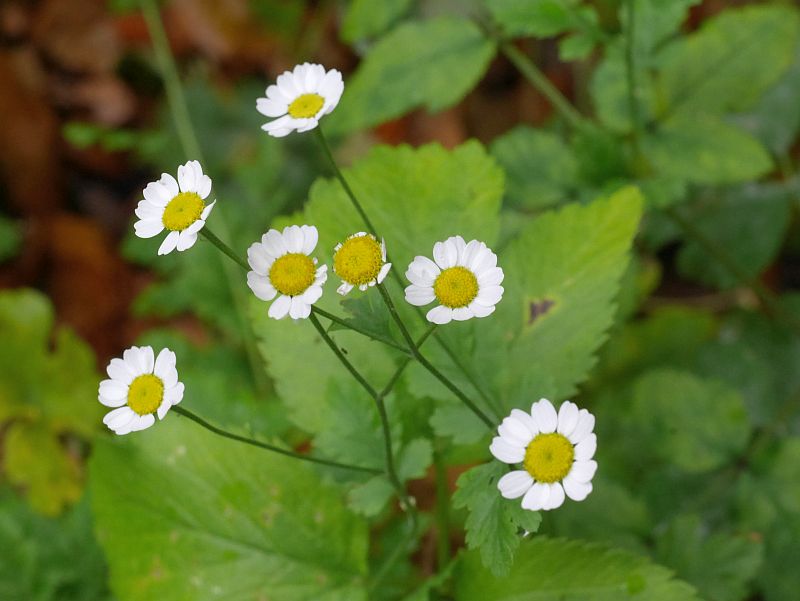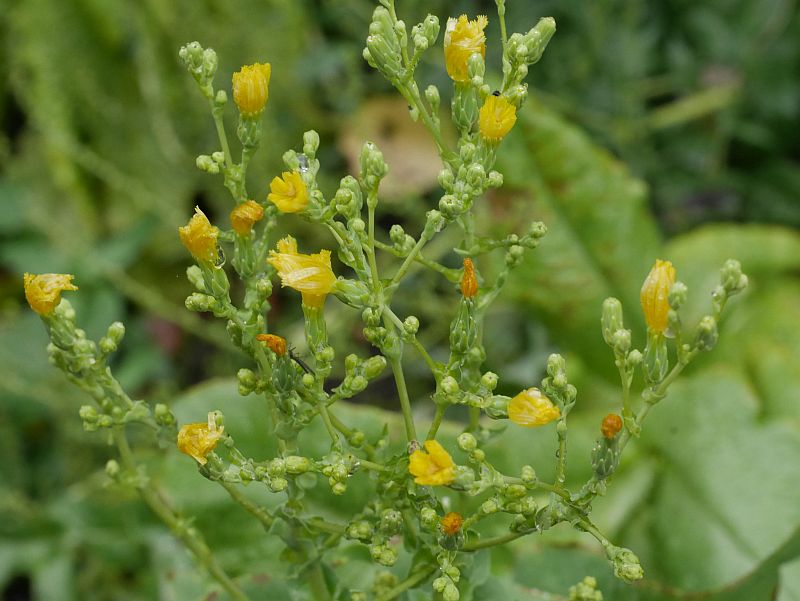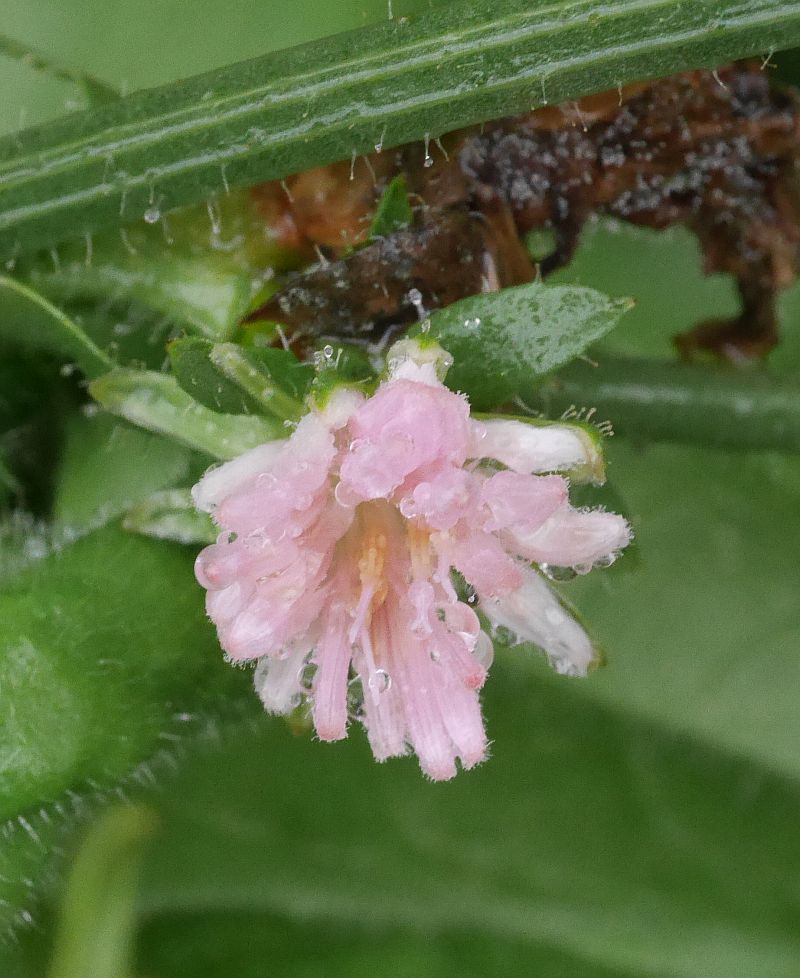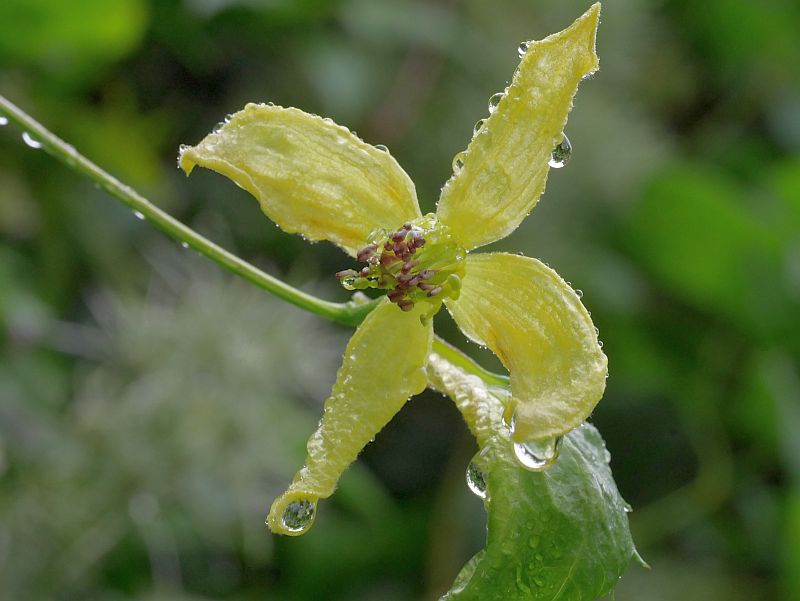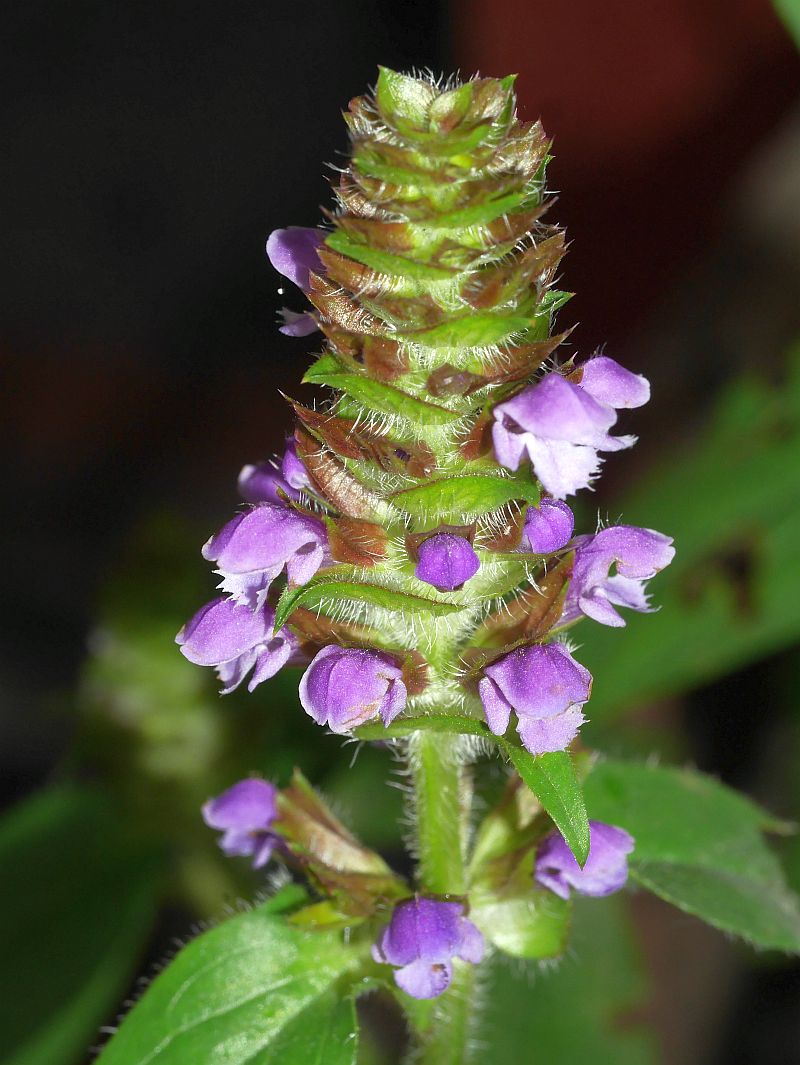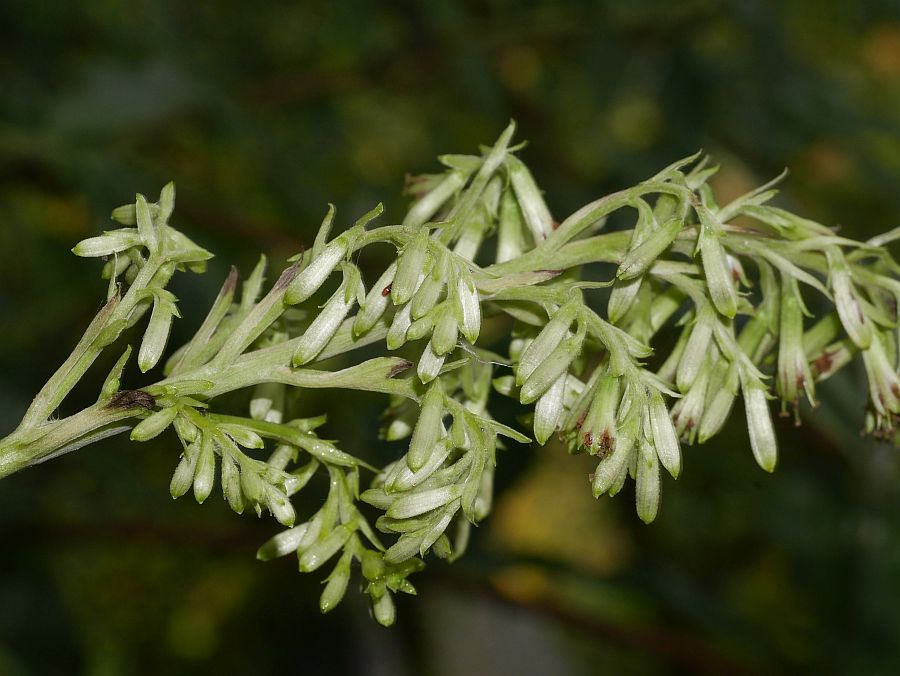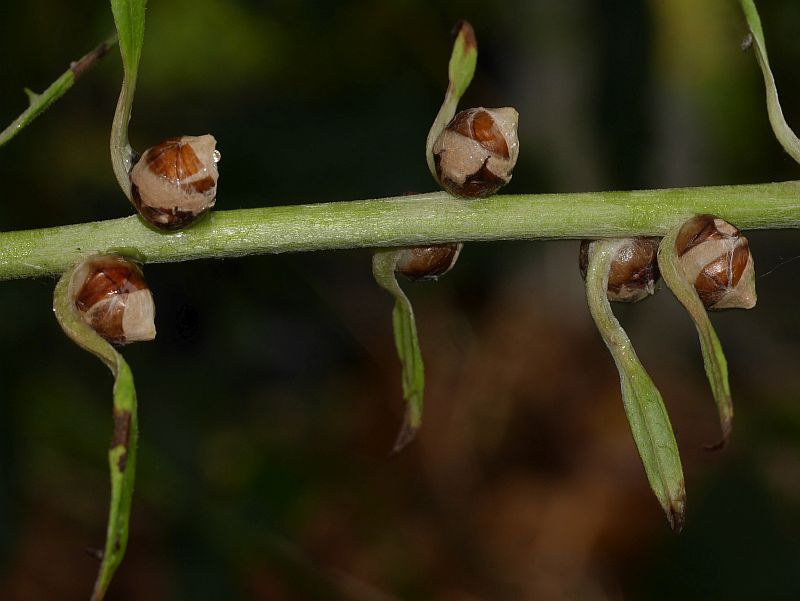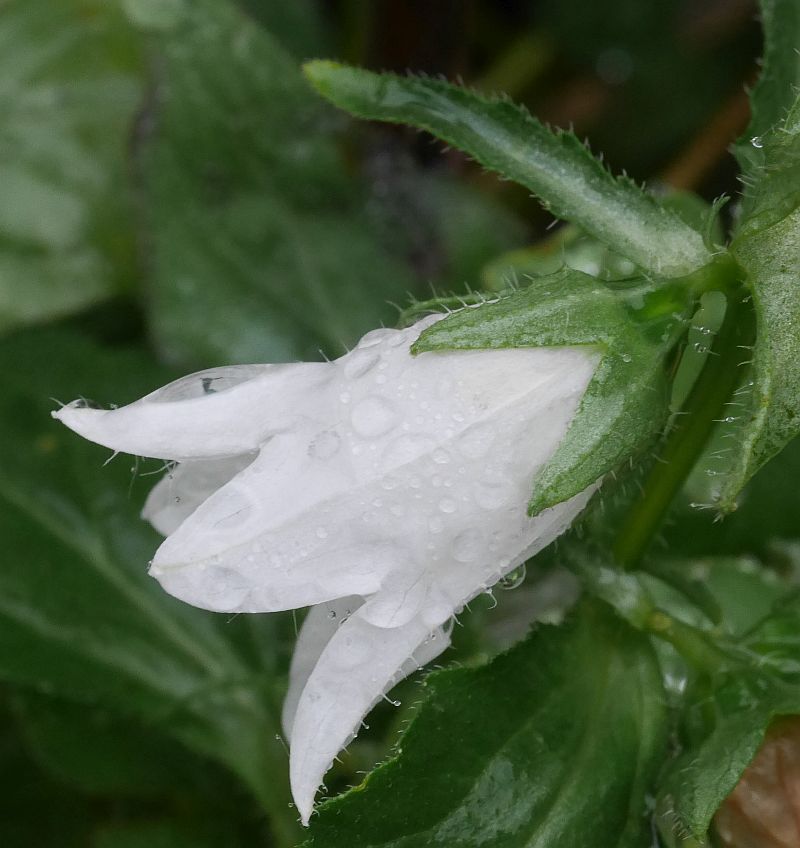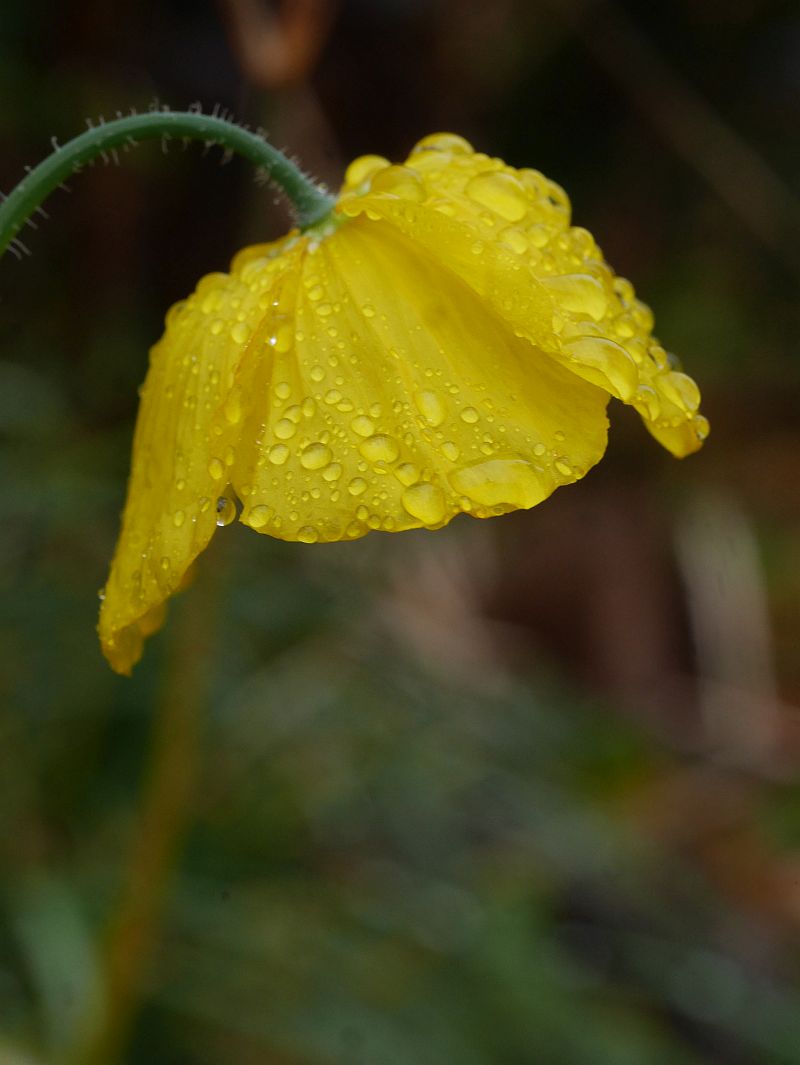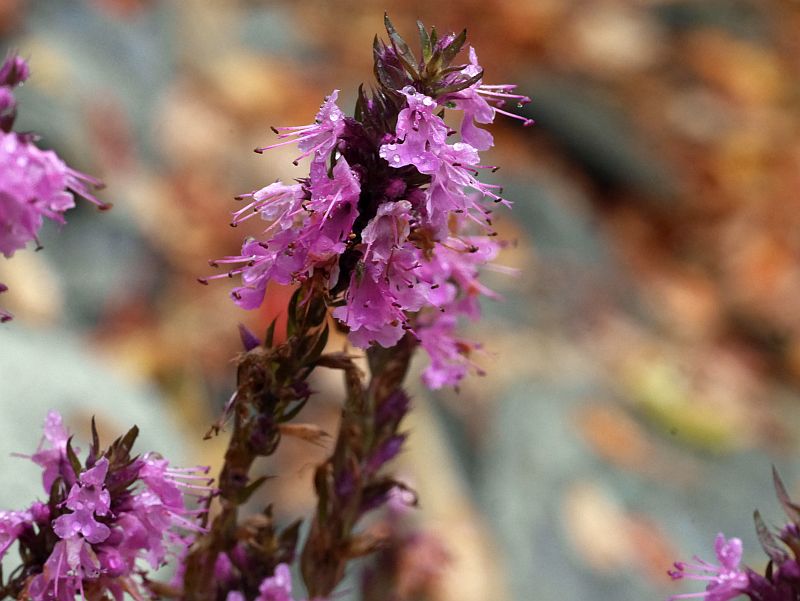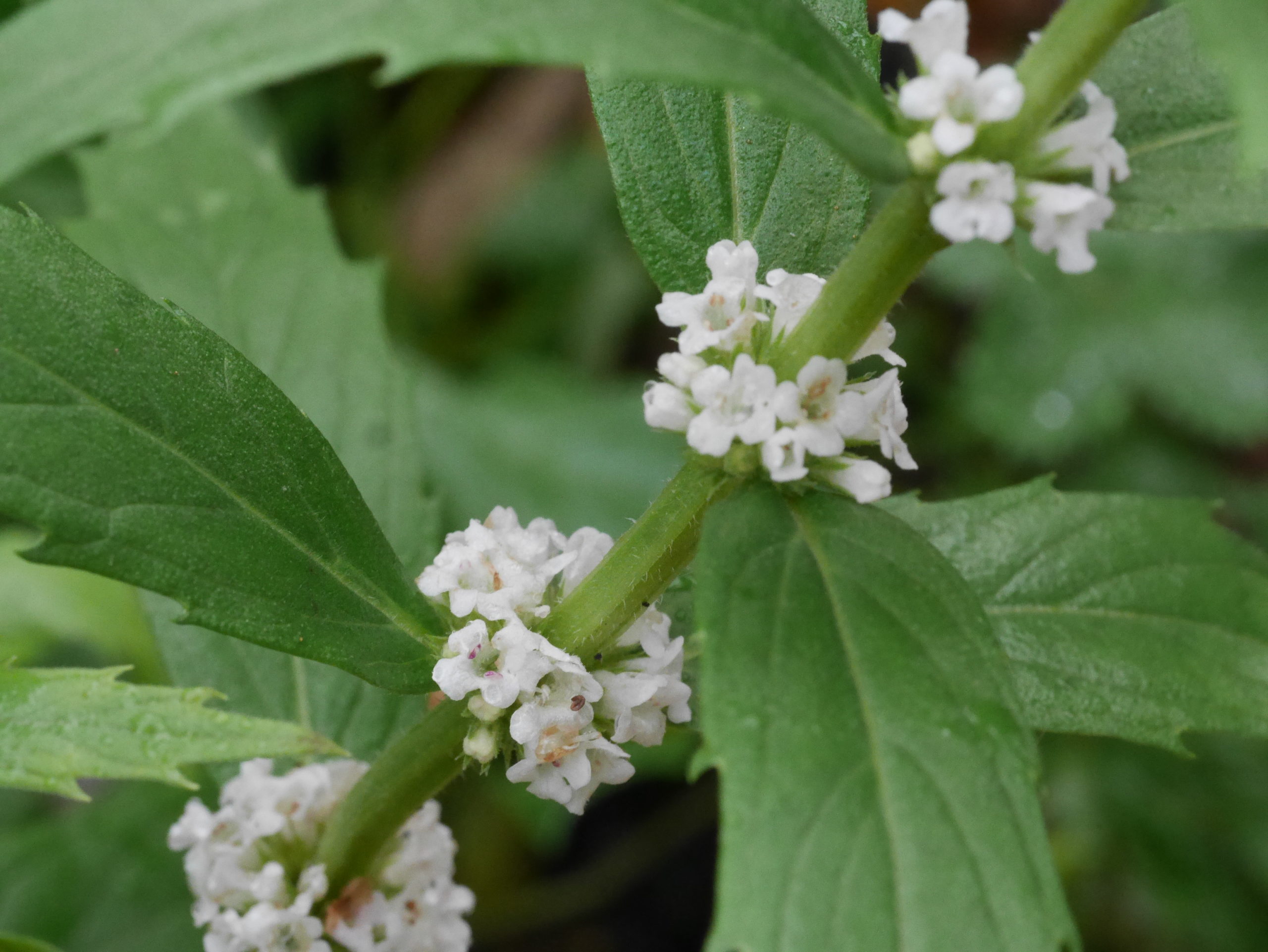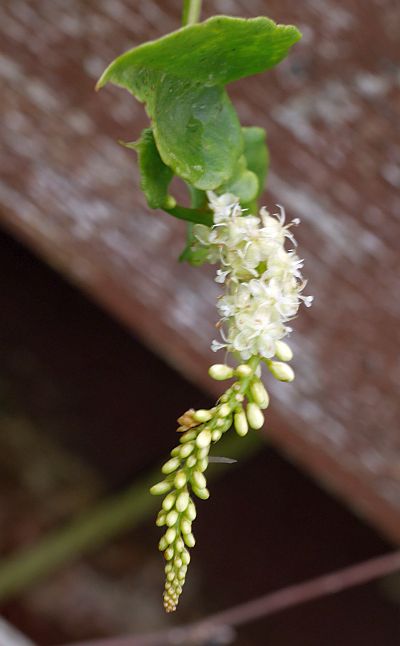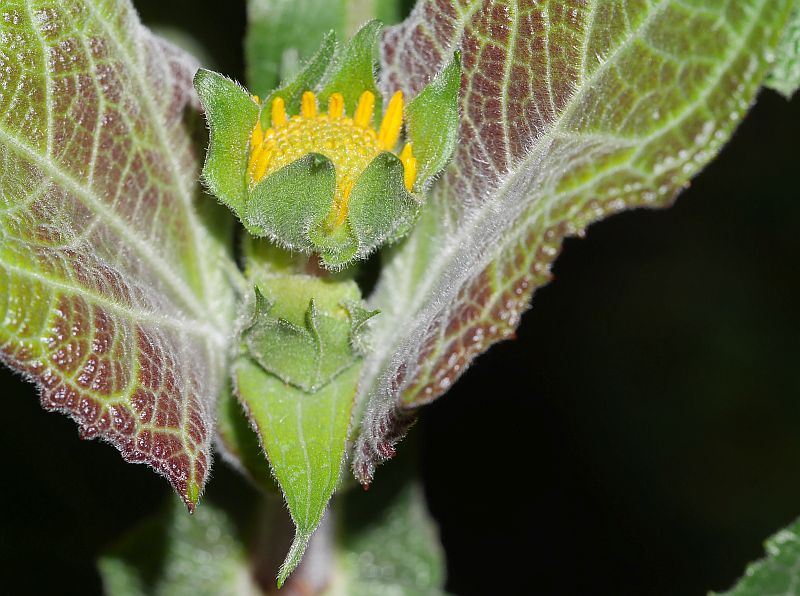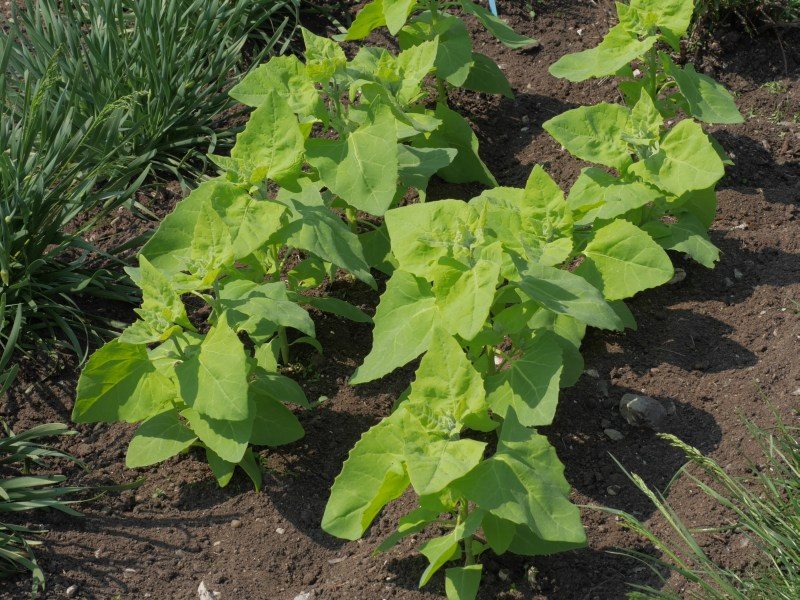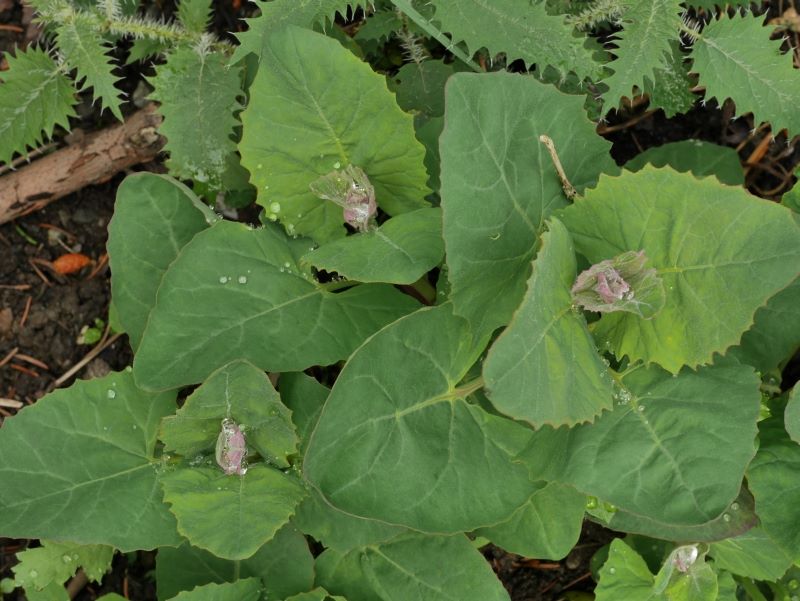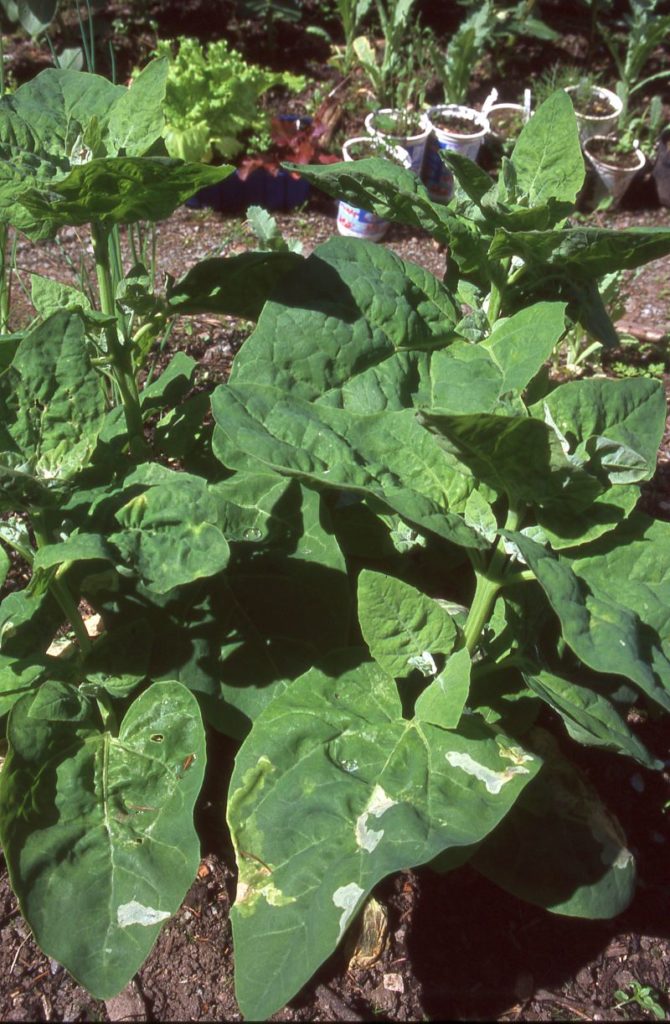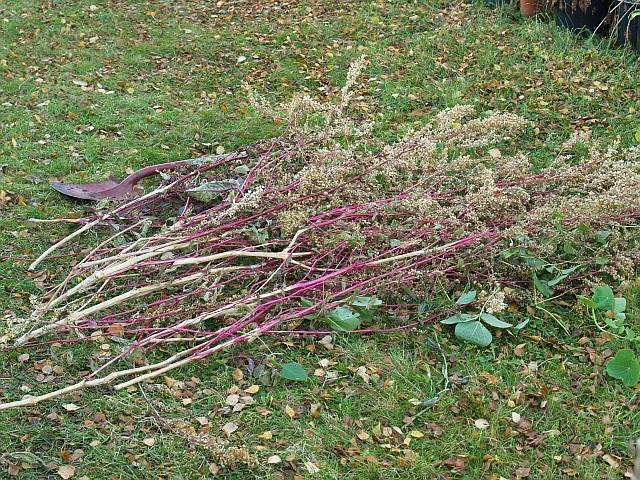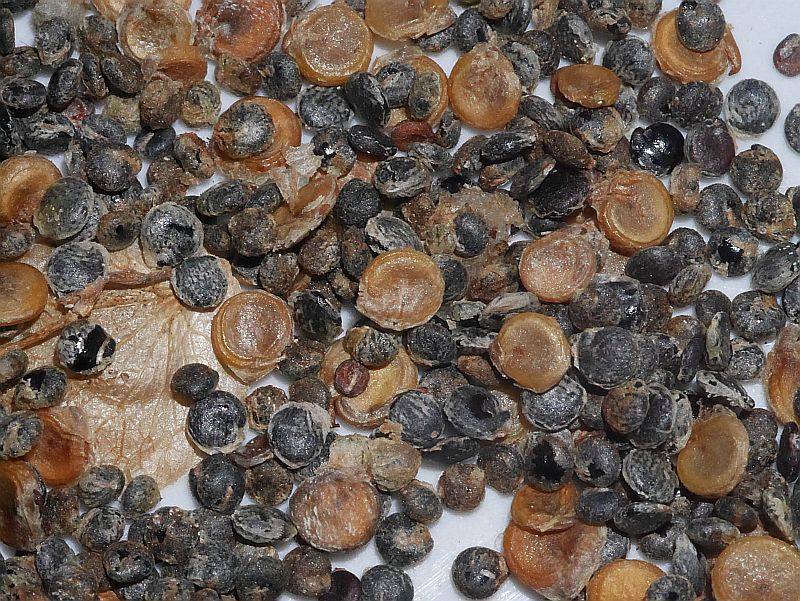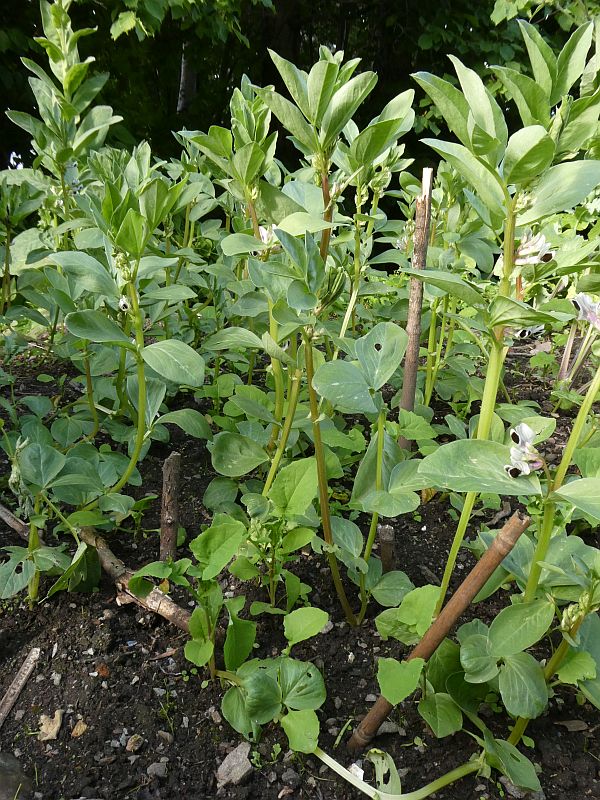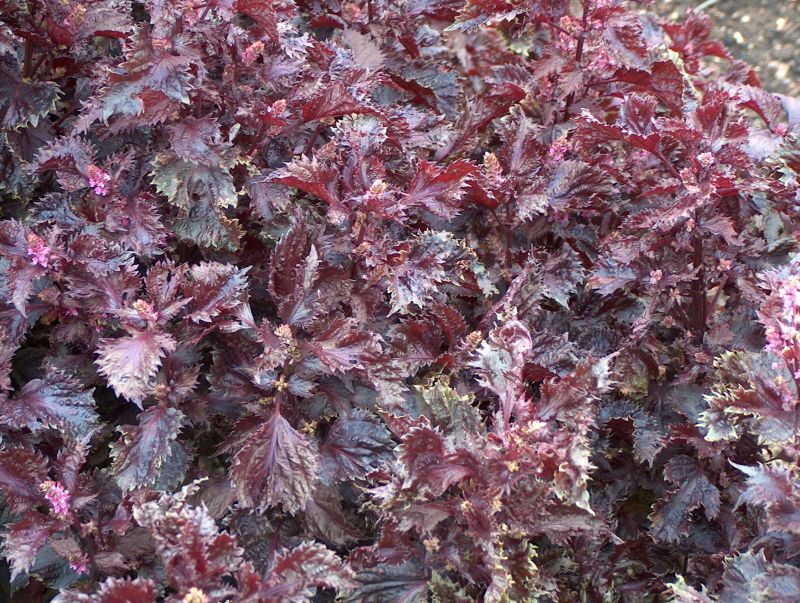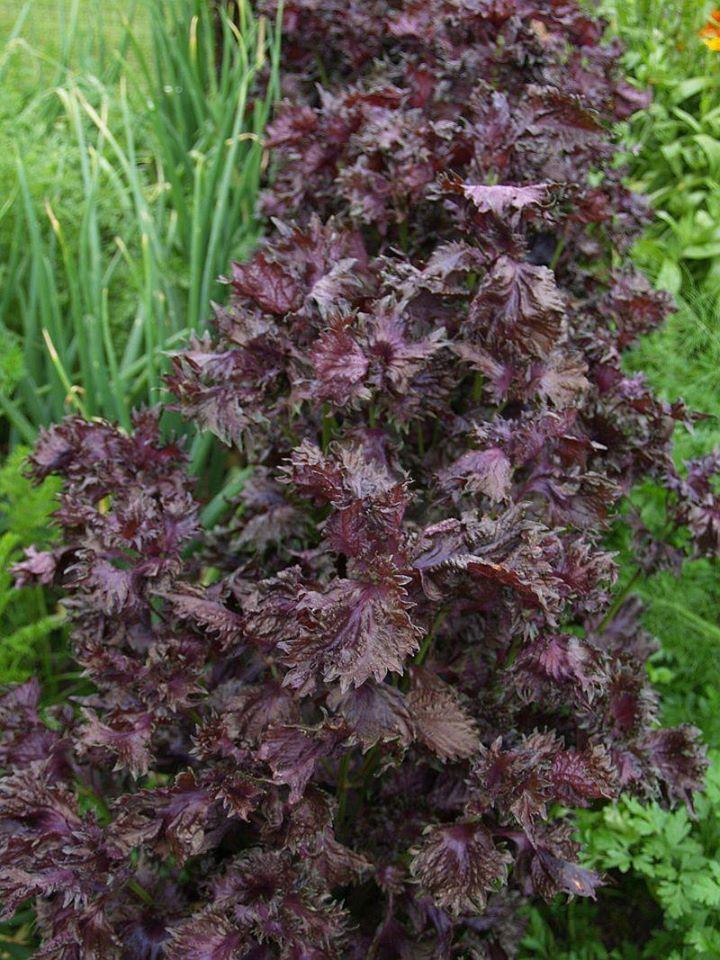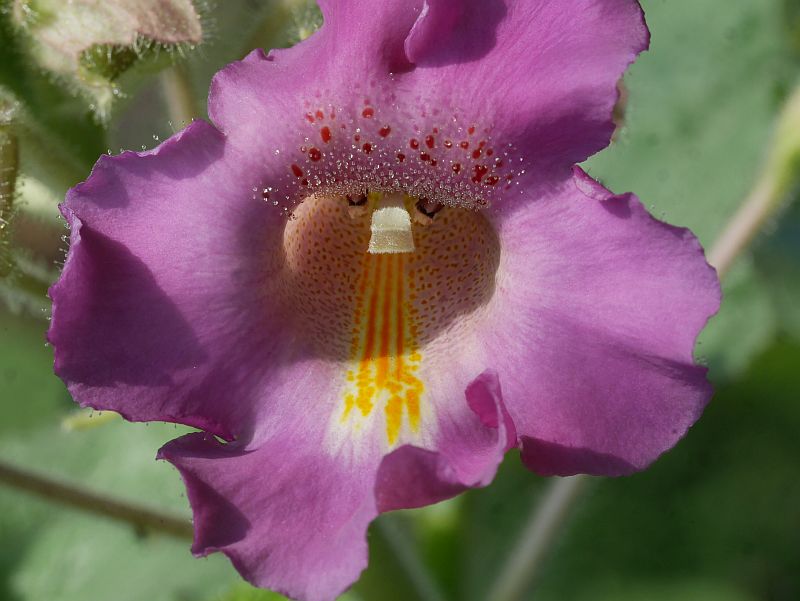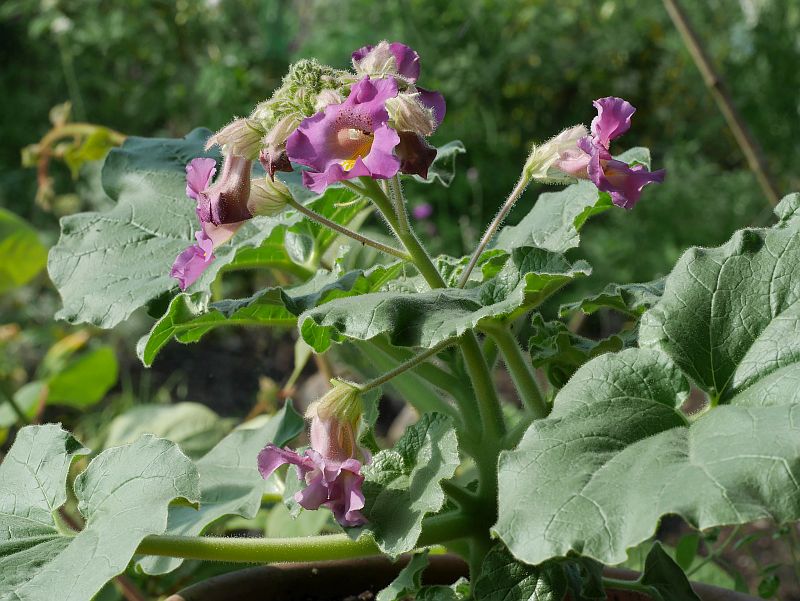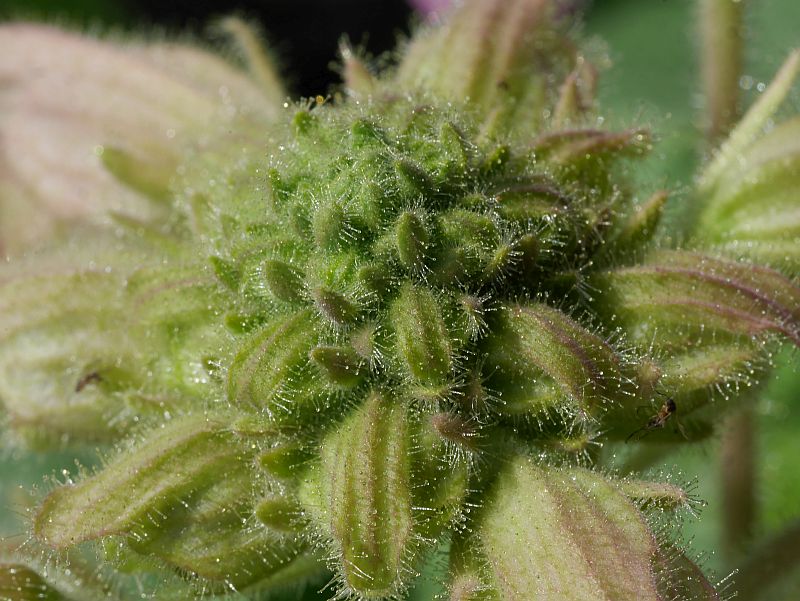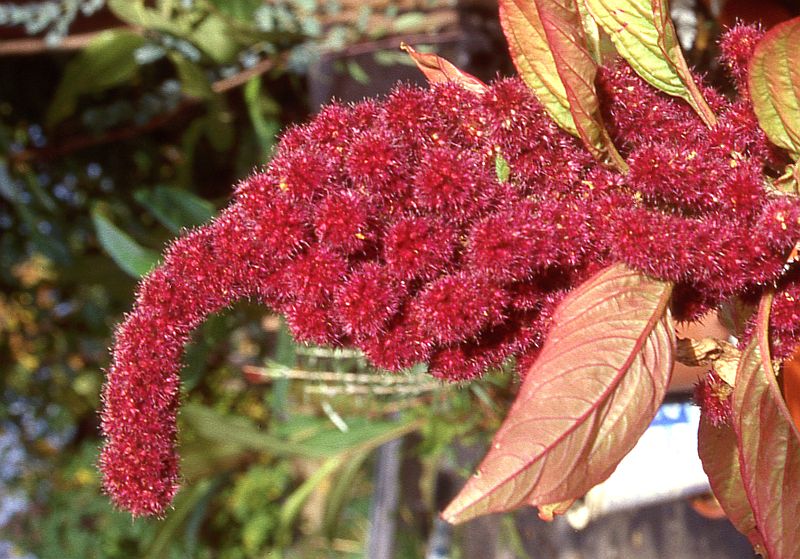Seed processing season is upon us once again and all available space on window sills is full 🙂
Grow your own spice! These are seeds of black mustard /svartsennep (Brassica nigra / Rhamphospermum nigrum) grown in the Væres Venner Community Garden this year. I use them most in Indian food.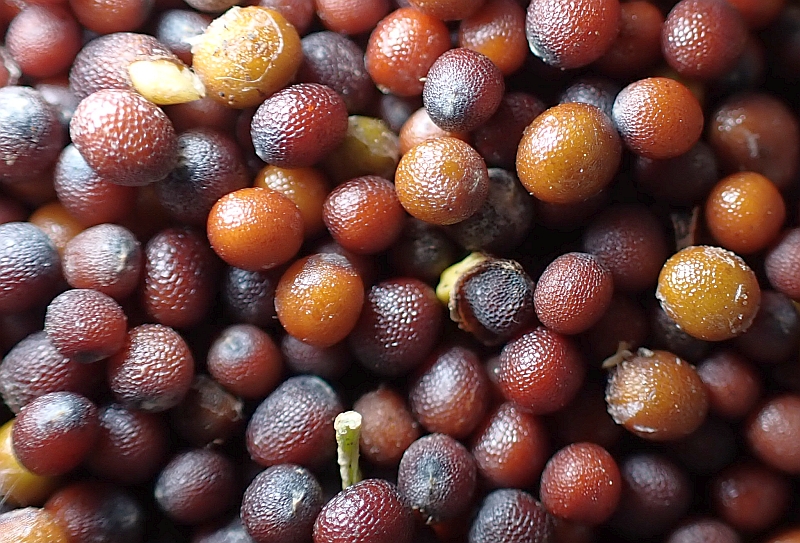
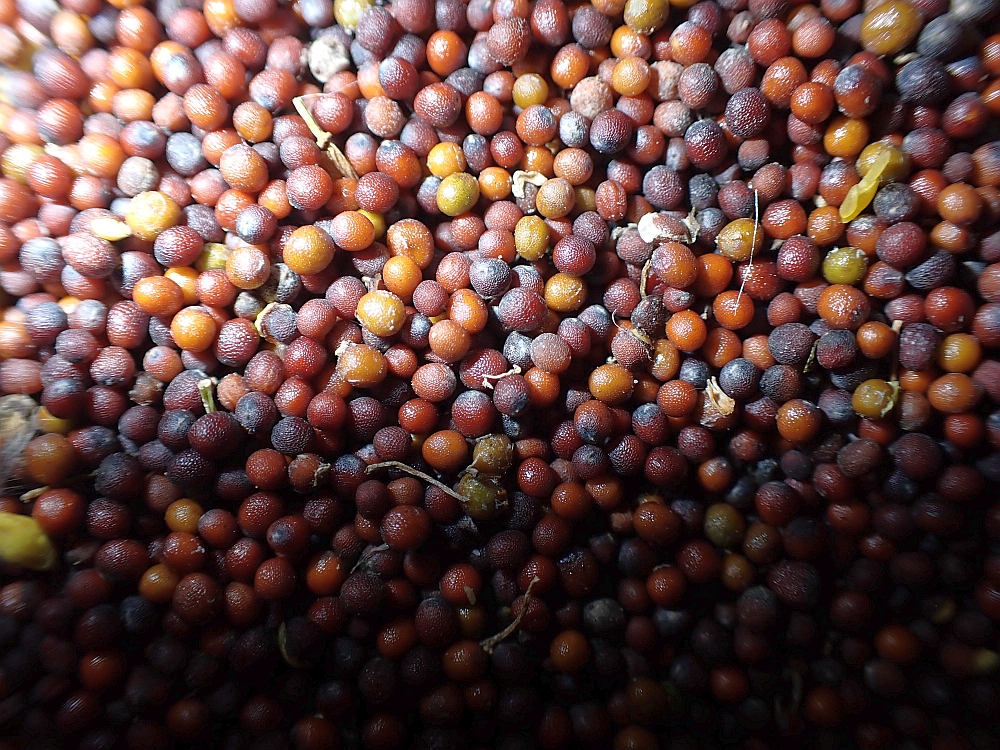
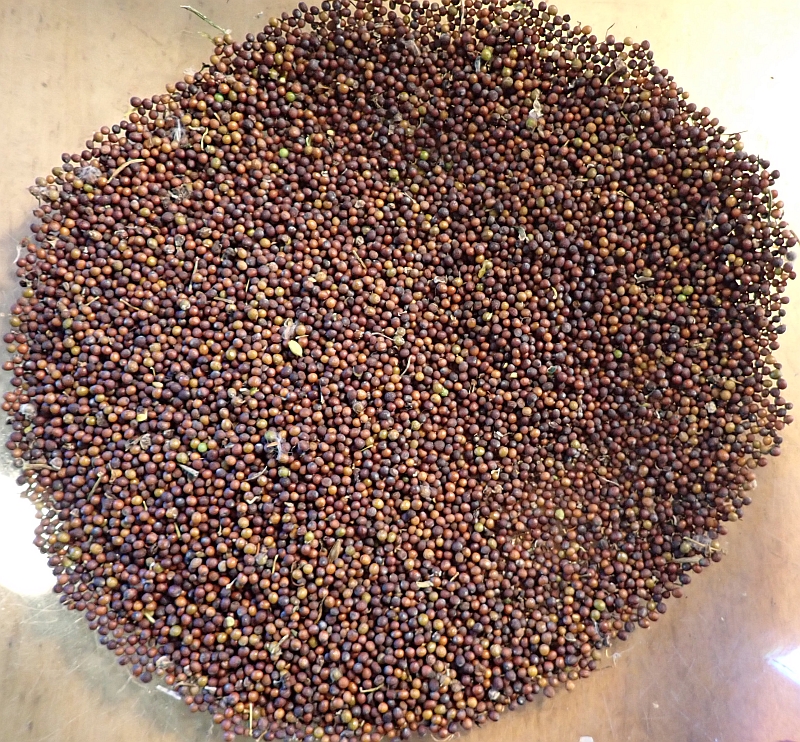

Category Archives: Annuals
A diversity of rat’s tails
I remember years ago ordering seed of a special heirloom heritage radish “rat’s tail” (Raphanus sativus var caudatus) through the Heritage Seed Library in the UK. I remember that it was the gardener at naturalist Gilbert White’s House and Gardens at Selbourne in Hampshire that offered the seed and I remember that we ended up trading seed as they were looking for plants that Gilbert White mentioned; see https://gilbertwhiteshouse.org.uk/gilberts-gardens
The resultant plants had long green pods. However, I lost them eventually. Subsequently I’ve tried seed of rat’s tails several times and the pods have never been as long as those original plants.
Radishes are difficult to grow here in spring as our long days result in them quickly bolting (still looking for a good day neutral variety). I remember reading that when wild radish Raphanus sativus was originally domesticated in China that it was for the young seed pods rather than the swollen tap roots.
I therefore decided this winter to source various rat’s tail radishes from commercial sources and also obtained seed of 4 (of 8 available) accessions from the German genebank IPK Gatersleben. There was no available descriptons, so this was a random selection. They were sown in May in the World Garden (Verdenshagen) at the Væres Venner Community Garden (NB! I do grow a few annuals on the world garden if they have an interesting geographical story associated).
Yesterday I harvested a few of each and was blown away by the diversity with long red, thin green and two more stumpy varieties like I had been getting in recent years when ordering rat’s tails. Below is what Cornucopia II says on this interesting vegetable.
Assuming like me that you will want to grow your radishes to seed for the following year, the land is occupied all season in any case, so rat’s tails produce more than root radishes. The flowers are also also rather pretty bicoloured pink and white and area also attractive to pollinators! I think I will save seed and deveop a mixed grex of these and more varieties from the gene bank next year!
And this gave the opportunity for a unique rat’s tail salad for lunch with radish flowering tops too, also delicious (see the pictures at the bottom) :)
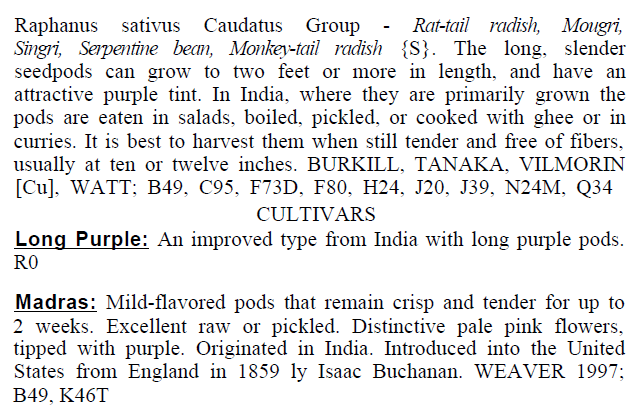




cc
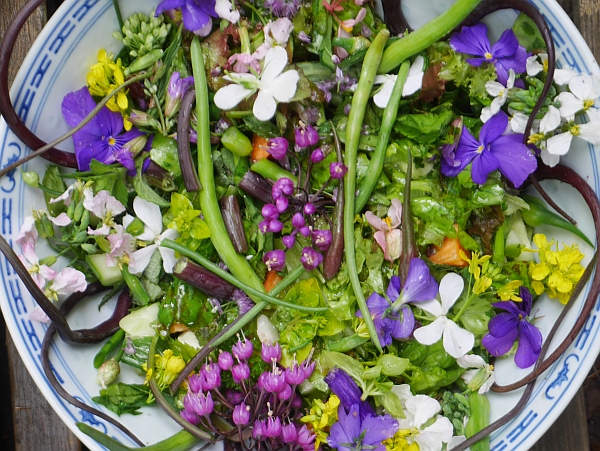
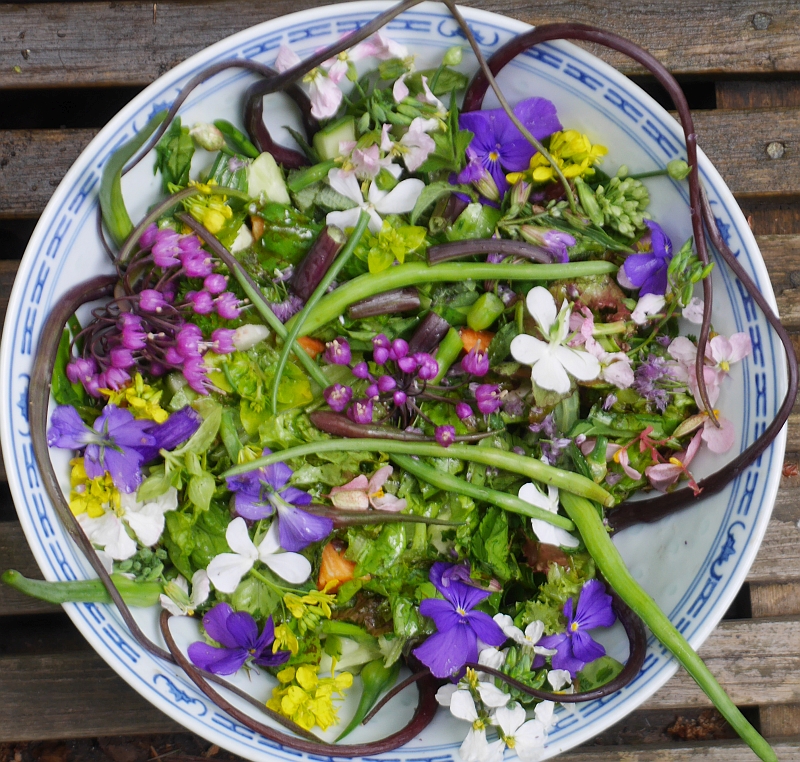
Early July Veg
Here are some of the vegetables we’re currently using.
From left to right:
Common sow thistle / haredylle (Sonchus oleraceus) will be in most meals from now to September
Parsley / persille
Ground elder / skvallerkål
Perpetual spinach (Beta vulgaris var flavescens)
Moss leaved dandelion (Taraxacum sublaciniosum “Delikatess”)
Oregano / bergmynte (Origanum vulgare)
Chopsuey greens (Glebionis coronaria); I’m growing out about 10 varieties from IPK Gatersleben this year
Day lily / daglije (Hemerocallis): flower buds from two species
Urtica kiovensis (nettle / nesle)
Nodding onion / Prærieløk (Allium cernuum) flower scapes
Hablitzia tamnoides (Caucasian spinach / stjernemelde) leaves
Rumex patientia (Patience dock / hagesyre)
Rumex acetosa (non-flowering); sorrel / engsyre
Perennial kale / flerårig kål (Brassica oleracea)
Dandelion / løvetann (Taraxacum officinale)
Sherpa or Nepal onion / Sherpaløk (Allium wallichii)
Used in a green pasta sauce with wholegrain spelt pasta
Indian summer flowers
There were unusually many plants still flowering in the garden in October this year as we experienced a bit of an Indian summer. We’ve now had our first frost, so time to publish this album of 116 pictures of over 100 species. Most but not all are edible / edimentals and, yes, I should have made a salad.
White-flowered Sonchus oleraceus
I think it was Nathan Shannon who sent me seed of the white-flowered variant of common sow thistle (Sonchus oleraceus), now blooming for the first time!
There are 10+ pages about Sonchus oleraceus in my book and also other blog posts on this site, probably my most used vegetable in July-August each year!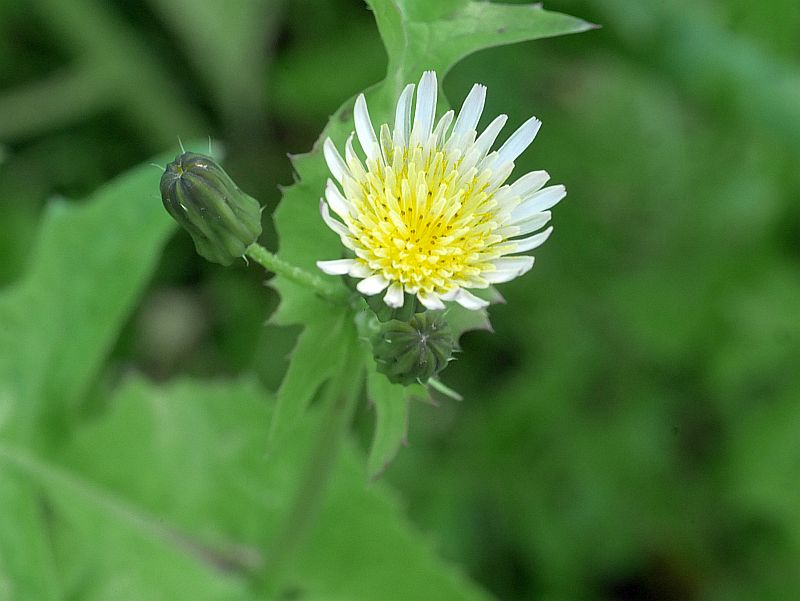

A diversity of garden orach
I’ve grown numerous forms of garden orach (Atriplex hortensis; hagemelde) over the years as they are useful and decorative (edimental) annuals for the summer garden. Even though they are grown quite close to each other they don’t see to cross much. My red form (var. rubra) has maintained its colour for over 20 years in one small patch. Other favourites include golden orach (var. aurea) and an heirloom from Seed Savers Exchange in the US “Marie Barnes”. My favourite though is the Norwegian heirloom “Backlund/Bly” with enormous green leaves. Sadly, the seed doesn’t mature often here and I’ve lost it. Although this plant originated in Norway, it no doubt modified to its new home in the Mid-West in the US where it was maintained for several generations in a Norwegian family. See the (Norwegian) story here:
http://www.edimentals.com/blog/wp-content/uploads/2018/07/3_Backlund-Bly_Hagemelde.pdf
There are also a number of green Danish heirlooms like “Lille Næstved Skole”
You can maybe spot red and golden orach as well as “Marie Barnes” in this salad ingredient picture (click on the plants in the picture for the names) https://www.adressa.no/pluss/magasin/article9858403.ece?rs6280711594805805236&t=1
I use them mainly in summer, both in mixed salads and cooked in numerous dishes, as there are plenty of other perennial greens available in early summer.
See the pictures below:
No thanks no dig
Before I go any further, I should say that 2/3 of my cultivated area is almost 100% no dig (perennials is the ultimate no dig) as I grow perennial vegetables, fruit, berries and nuts. I rarely dig in these areas at all as I only plant once and don’t disturb the plants for years. I do still grow annuals on my raised beds…beds which are about 1.2m wide and are never walked on. I add compost on most of the beds each spring and lightly dig over to incorporate the compost and, surprising to most folks, to encourage the weeds to germinate.
There’s one weed in particular that I’m encouraging, Sonchus oleraceus (common sow thistle / haredylle). As I’ve written before (also in the 12 page essay in my book on the sow thistles), this is my favourite summer leafy green vegetable which I eat most days from July to September. It grows quickly and is actually more nutritious than standard greens. It’s also rich in antioxidants and I love it’s slightly bitter taste which goes well with pretty well any dish I might prepare, always mixed with other “vegetables of the day”. We ate it tonight in a pea soup and, yesterday, in a green pasta sauce and the day before that in pizza…
Yesterday, I weeded my second crop broad beans which were growing in a sea of “weeds” and as I weed I selectively allow the sow thistle to grow on between the beans and on the edge of the bed (you can think of this as “WEEDING YOUR WEEDS”). The video and pictures show the broad beans with the young self-seeded sow thistle plants in between. These will grow up quickly in the next 2-3 weeks and I harvest just before they start flowering. This doesn’t interfere with the growth of the broad beans which take much longer to mature to harvest. Later on, the next wave of sow thistle will be allowed to grow on the edges of all the beds where it doesn’t interfere with the main crops, a method used by the Maori of New Zealand which inspired me to introduce Sonchus oleraceus to my garden. Eating your weeds can significantly increase your yield. I must admit that I love weeding, a quiet time in the garden observing wildlife around me…….similarly, I love washing up, both quiet times contemplating. There’s even a name for weeds that are cropped…it’s a cryptocrop. Cryptocropping has been practised by many other peoples around the world.
Any nutrients or soil which might be washed out from my annual beds during periods with naked soil ultimately end up in my forest garden and perennial plantings below, so are not lost! However, there isn’t much loss as my soil is high in humus after over 35 years adding compost!
I’ve tried no dig in the past, but I would need a much bigger area to produce sufficient material for mulching and I also found that in my shady cool garden the soil heated up much too slowly and slugs were also a bigger problem.
In the video, I zoom into the low growing young sow thistle plants between the taller broad bean plants:
Red shiso
Perilla frutescens var crispa f. purpurascens (red or purple shiso) is looking good on the window sill in front of my desk! This is an important crop in the Far East both used as a flavouring, a dye plant, as wraps (the seeds, seed oil and seed sprouts are also used). I’d love to use the leaves to colour pickled chinese artichokes (chorogi), as shown on the Backyard Larder blog (see https://backyardlarder.co.uk/plants/chinese-artichoke), but the chorogi aren’t ready until November. Maybe I’ll try drying some leaves!
I grow this annual indoors as it’s generally too cold outside here in summer. It’s also difficult to save seeds as it doesn’t start flowering until late autumn and usually dies rather than producing seeds, a dead end for me, but now and again someone offers me seed for trading as in this case!
Perilla is also of course commonly used as an ornamental in warmer areas like Southern England, but I’ve also seen it outside in Gothenburg in Southern Sweden.
Perilla is in the mint family and it’s also easy to make more plants by taking cuttings (like basil).
I most often use shiso in my mixed salads.
Devil’s claw as an edible house plant
Update 160121: The single plant produced many (over 20) fruits and masses of seed. I’ve added a few pictures at the bottom. I’ll be offering seed to members of KVANN / Norwegian Seed Savers (kvann.no).
Proboscidea louisianica subsp. fragrans (in the Martyniaceae) is currently flowering in the window sill and as its name suggest it has a beautiful fragrance! I’ve tried unsuccessfully growing it outside in the past, so this time I was given seed I’m trying it as an edible house plant. Its English names are variously devil’s claw, unicorn-plant, ram’s horn, aphid trap, goat’s head and elephant tusks. Sadly only one seed germinated and it only rarely self-pollinates (bees do the work, so I’ve been playing the bee using a paint brush…on the off-chance I might get a fruit). The fruits are sometimes compared with okra (Abelmoschus esculentus) or even the climbing cucurbit, achocha (Cyclanthera spp.) from South America. Years ago in 2007, I did get one fruit when I grew it in my old unheated greenhouse: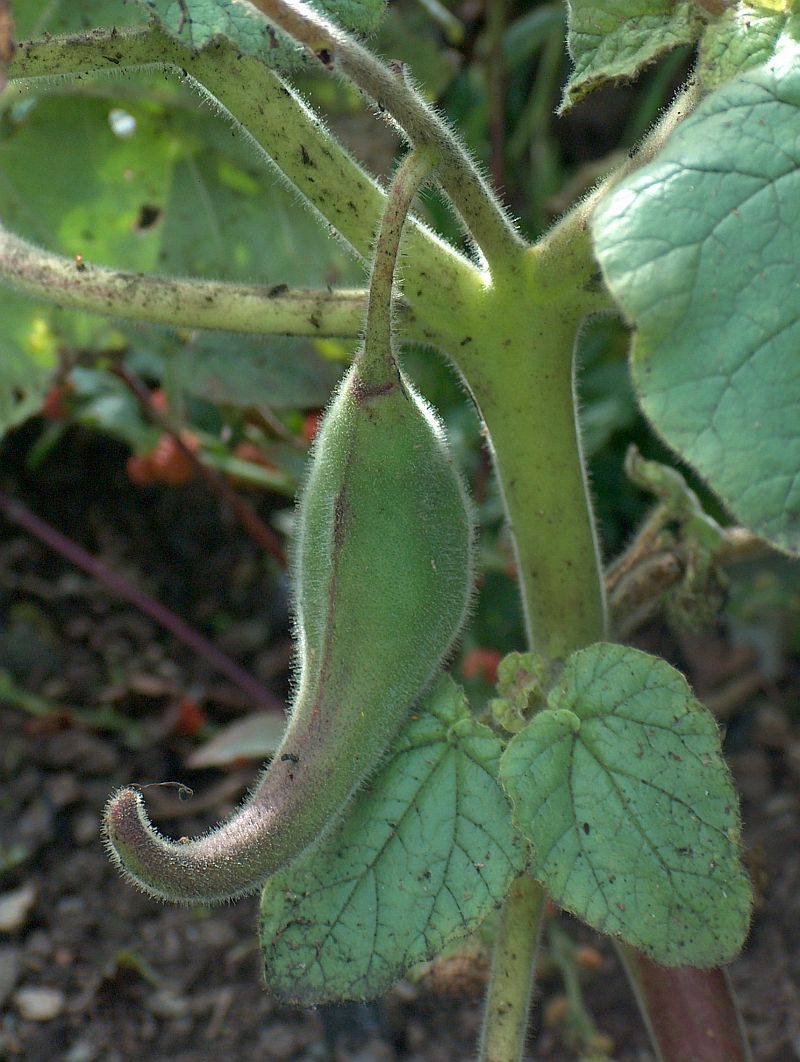
The unripe seed pods were traditionally cooked as a vegetable and added to soups or pickled and the leaves were also used as a potherb with beans. The immature oil rich seeds were also eaten raw or were roasted or dried and eaten like pine nuts.
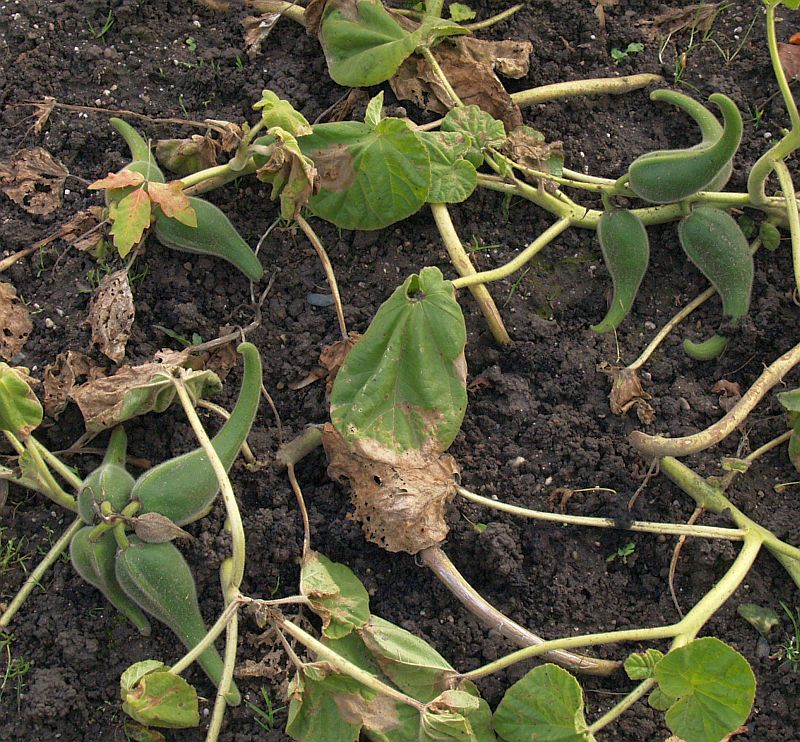
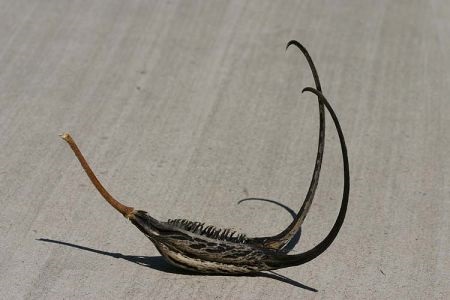
Apart from being an important food plant for First Peoples, the dried seed pods were also incorporated into basketry to make patterns, plants were even selected for longer claws and used for sewing and a black dye was also obtained.
However, I’ll probably just enjoy it as a fragrant unusual house plant with a potential for food and hope it will live up to its alternative name, aphid trap!
And finally, one of Tom Hare’s wonderful art installations, Devil’s Claw, in Kew Gardens in 2011:
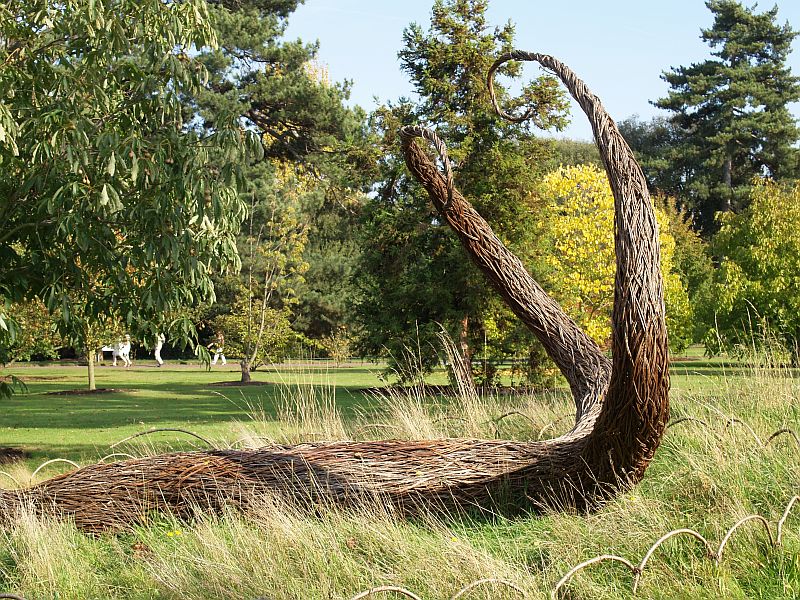
Pictures added January 2021: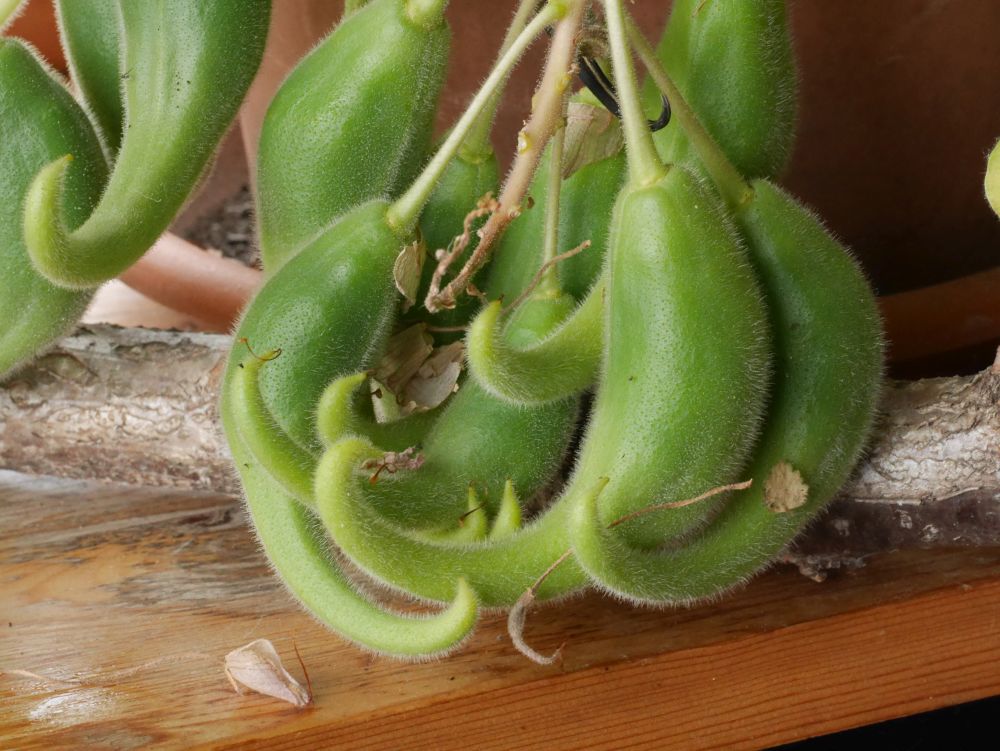




Elephant Head
I trialled over 50 different amaranths here about 15-20 years ago, hoping to find one that was early enough to produce seed in our short cold summer. The search was unsuccessful…but this was my favourite edimental variety, introducing Elephant Head!


